 After two years with no face-to-face meetings for work, things have suddenly taken off. Following my trip to Berlin at the start of May, I was off again in July, this time to the Bay Area, where I had a week-long meeting, followed by a week of exploring. I then flew to Atlanta to spend a couple of weeks with Amanda, before flying home exactly a month after I left.
After two years with no face-to-face meetings for work, things have suddenly taken off. Following my trip to Berlin at the start of May, I was off again in July, this time to the Bay Area, where I had a week-long meeting, followed by a week of exploring. I then flew to Atlanta to spend a couple of weeks with Amanda, before flying home exactly a month after I left.
Flying into the Bay Area presents a range of options, with San Francisco and San Jose being the most convenient. I did a similar trip in January 2020, and, just as I did then, I decided to fly to San Jose with British Airways. Although San Francisco is slightly more convenient, with several flights a day, on both occasions it was considerably more expensive. This made San Jose, with its one flight a day, the logical choice and, just as I did in 2020, I decided to fly in World Traveller Plus (premium economy to you and me).
Although I’ve just returned from that trip, it’s only now that I’ve had the time to start writing up the Travel Spots, starting with this one about my flight to San Jose.
As usual, since this is a (very) long post, I’ve split it into the following sections:
- Back at Heathrow and the First Class Lounge
- An Unexpected Upgrade
- Back in Club World for the First Time in Two Years
- Takeoff and an Unexpected Route
- Flying Over the Western Isles of Scotland
- Dinner and a Slipping of Standards
- The Fjords of Greenland
- Fjords and Glaciers in Northern Canada
- Flying Over the Rockies and Another Meal
- The Final Approach to San Jose
- San Jose Airport and Air Bridge Melodrama
You can see how I got on at the airport after the gallery.
I took my first flight since coming home from America at the start of the COVID-19 pandemic almost exactly a year before this one, when I went to Iceland at the end of July 2021. Since then, I’ve been back-and-forth to America to visit Amanda a few times, becoming used to the various COVID-19 restrictions and protocols. It was therefore something of a shock when preparing for this flight to discover that I didn’t need to take any pre-flight COVID-19 tests. In fact, the only requirement was to demonstrate that I was fully vaccinated, which I did by uploading my vaccination certificate to the VeriFLY app.
This means creating a specific trip on VeriFLY, which, now that I know what I’m doing, was pretty straightforward, even though VeriFLY had changed the user interface since I last used it! Once I’d got my head around that, I uploaded my vaccination certificate and completed the form, getting that out of the way the day before the flight (given recent problems with the NHS App, which provides COVID-19 vaccination certificates, I recommend doing this at least one day in advance). Since I already had my ESTA (the electronic permission to travel that you need if you don’t have a Visa or US passport), all that was left was to check-in online and get myself to the airport.
Before I had lounge access, I hated getting to the airport early, but with my British Airways Gold Status, I’m treated as if I’m flying First Class (until I get on the plane, that is). This includes access to the First Class lounge at Heathrow Terminal 5, so these days, I aim to arrive about three hours before my flight.
With my flight due to leave at 15:00, I arrived just after noon, to find the airport busy, although not as busy as it had been when I flew to Atlanta in November, on the first day that most people were allowed to fly to America. Back then, the queues were the longest I’d ever seen, while this time there were long queues for both economy and business check-in. However, one of the perks of my Gold Status is that I can use the dedicated First Class check-in at the far (southern) end of the terminal. Here the queues weren’t so bad and within 10 minutes I was checked in, with another 10 minutes to get through the dedicated security lane (which is, frankly, the best part of the whole process).
Within 20 minutes of arriving at Heathrow, I was back in the familiar surroundings of the First Class lounge. Most of the COVID-19 restrictions have been eased (for example, the self-serve buffet is back) although thankfully online ordering has been retained, which makes things so much more convenient (you can also order in-person). Since I probably wouldn’t eat on the flight until at least four o’clock, I had lunch, picking the Cambodian vegetable curry from the hot food menu.
While this was well-presented and served on a bed of rice in a stainless-steel balti dish, it’s probably the least impressive meal I’ve had in the First Class lounge. There was nothing wrong with it, just lacking in flavour, which is surprising for a curry! The other disappointment was the water, since British Airways has switched from using large, glass bottles to individual 500 ml plastic bottles at a time when the world is trying to cut down on plastic waste. Admittedly, it’s not much compared to the carbon-footprint of a trans-Atlantic flight, but it’s disappointing nonetheless.
I had about 1½ hours in the lounge and, as usual, the time went by quickly. I did manage a cheeky espresso from Union hand-roasted, which did not disappoint. For those who care, it was a 58-gram shot, with a total time of 25 seconds (10 seconds grind/pre-infusion, 15 seconds extraction), and the resulting espresso was well-balanced and smooth.
With that out of the way, it was time to head off to the gate. Can you see how I got on after the gallery.
Heathrow Terminal 5 has three gate blocks, A, B and C, with the A gates housed in the main terminal, home to the lounges, which is also where you check in. Typically, short haul flights depart from A gates (along with any flights which board from the tarmac rather than an actual gate, with buses ferrying you from the main terminal to the plane), while long-haul flights depart from the B and C gates, which are housed in satellite terminals, connected to the main terminal by an underground transit shuttle.
At two o’clock, when my flight was supposed to start boarding, I checked its status on the British Airways app and noticed that the flight had been assigned gate C62. Since the C gate block is most distant of the two, I decided that I should probably set off, making my way to the middle of the main terminal, where it’s quite an impressive ride on the escalator, which descends from the main level down to the transit shuttle (lifts are also available).
However, this wasn’t my final destination. The last time I was at Heathrow, I discovered the joys of the pedestrian walkway which runs in a separate tunnel under the transit shuttle. I thought that this had been opened during the pandemic (to provide people like me an alternative to standing shoulder-to-shoulder with a bunch of unmasked people when the transit is busy), but apparently it’s been open to the public since 2015.
Either way, I decided to walk to the C gates, which involves descending another two levels by lift, then walking along the rather eerily lit tunnel with its purple lights. At my brisk walking pace, this takes a shade under ten minutes (which includes several sections of moving walkway), while if you’re going to the B gates, it’s only five minutes. Although this is slightly slower than catching the transit, another advantage is that when you get to the far end, you have the transit station to yourself, so can ascend the escalators to the departures level at your leisure, rather than being in the usual scrum of people disgorged by the transit.
I got to the gate, C61, at 14:15, about 10 minutes before boarding actually started. I’d hoped for a view of my plane, but Gate C61 is right at the end of the terminal, while the plane is parked even further away, connected via a long, multi-part walkway, carried across the tarmac on concrete pillars. When boarding was called, I made full use of my Gold Status which lets me board along with the First Class passengers. This meant that that I right at the front of the queue, where I got a very pleasant surprise.
I’d decided to fly in World Traveller Plus (premium economy), partly to save my travel budget. I’d been flying in World Traveller Plus on most of my recent flights and don’t mind it, even on a long flight like this (it’s about 10½ hours to San Jose). However, I had secretly been hoping for an upgrade, which is exactly what happened when I flew to San Jose in 2020.
In the past, when I’ve been upgraded, I’ve found out at check-in, so when I received my boarding pass with my original seat assignment, I figured it wasn’t going to be my day. However, when I handed over my boarding pass to be scanned at the gate, the staff took me to one side and printed out a new boarding pass, showing Seat 10F, which meant only one thing: I’d been upgraded to Club World (business class to you and me).
Delighted, I made my way out to the plane. You can see what I made of it after the gallery.
Once again, I was flying on a Boeing 787-9, although last time I was in World Traveller Plus on my way to Boston at the start of the year (although, in fairness, that’s what I was expecting this time as well, other than the going to Boston bit). The 787-9 is a mid-sized twin-engine, wide-body jet (British Airways also operate the smaller 787-8 and 787-10, both of which I’ve flown on). It has a tiny First Class cabin at the front of the plane, with just two rows of suites (eight in total), along with its own galley between the suites and the cockpit.
This is followed by an equally tiny Club World cabin with just two rows (14 seats) behind which is the Club World galley, where we boarded. I was in the second Club World cabin, this one with just four rows (28 seats), which follows the galley. Then comes World Traveller Plus, where I had expected to be, with just 39 seats. Finally, there’s a single World Traveller cabin at the back (127 seats), with a galley (for World Traveller/World Traveller Plus) right at the back before the tail.
Looking around when I went for one of my wanders, the flight was pretty full. I didn’t get up to First Class, but as far as I could tell, every seat in World Traveller Plus, along with all but one in front cabin of Club World was occupied, while World Traveller looked pretty full too. My experience is that British Airways only upgrades people when a cabin is full and they need to make room, priority being given to people with high status (in my case, Gold). One of the reasons I don’t mind flying in World Traveller Plus is that because the cabin is so small, I stand a reasonable chance of being upgraded on any given flight, although this is the first time it’s happened to me since the flight to San Jose.
The Boeing 787-8 and 787-9 aircraft still have British Airways old-style Club World seats, which are arranged parallel to the fuselage. There are a pair of seats on either side, with three seats in the middle between the aisles (wider planes, such as the 777 fleet, have four seats in the middle). In the set of three seats, the two on the outside, next to the aisle, face forwards, while the middle seat faces backwards, sandwiched between the other two seats. Similarly, for the pairs of seats, the ones next to the aisle face forwards, while the second, by the window, faces backwards.
One of the reasons people dislike this layout (which, as far as I know, is unique to British Airways) is that the backwards facing seats have no access to the aisle. While this gives them greater privacy, particularly when sleeping, the only way to get into/out of the seat is the climb over the footrest of one of the neighbouring seats!
I’d been assigned seat 10F, which is on the right in the middle set of three, at the front of the second Club World cabin. It’s not my favourite seat (I prefer to be by the window) but since I’d been upgraded, I wasn’t complaining. On the plus side, it was forward-facing and, being at the front, I had more legroom and, more importantly, no-one was going to be climbing over me to get to their seat (the person in the middle seat has to climb over the seat behind mine to get in and out).
However, just as I was settling in, I noticed that the passenger in the seat across the aisle from me (10G) looked unhappy. It turned out that her parents and brother were all in the middle (her father was in the seat to my left and her mother was behind me). I immediately offered to swap, since I’d have all the benefits of my current seat (aisle, forward-facing and at the front), plus I’d be that bit closer to the window, being able to look out across my neighbour.
Unsurprisingly, she agreed immediately and so we changed over and I got settled in once more. You can see how the flight went after the gallery.
One of my complaints about flying in World Traveller Plus is the comparative lack of toilets. Since you’re sharing the toilets with the passengers in World Traveller, you end up with just four toilets between potentially 166 passengers. However, up in Club World, the contrast is striking, since at most there are 42 passengers, and although there are only two toilets (both of which I could see from my seat), that’s a much better ratio.
I’ve already written extensively about the Club World seats in previous posts, so I won’t repeat myself here. All I will say is that the old seat design is started to look a little dated compared to other airlines, which went with suite-style seating (similar to the new Club World cabins being rolled out across the British Airways fleet). As well as the access issues I’ve already touched upon, the old-style seats offer little in the way of privacy for passengers in the aisle seats, particularly when sleeping, while there isn’t very much storage space, with just the one floor-level drawer (which is completely inaccessible when the seat is converted into a bed, leaving you nowhere to put glasses, phone, etc).
Having said that, Club World, even with the old-style seats, is a massive upgrade from World Traveller Plus. In terms of comfort, privacy, storage space and service, you get an awful lot more in Club World, so I wasn’t complaining! Talking of storage space, even though the flight was almost full, I still managed to get an overhead locker to myself, another consequence of having fewer passengers competing for the same space compared to the World Traveller Plus.
Despite the plane being so full, we boarded quickly enough and were ready to go at our scheduled departure time of 15:00, only to remain stubbornly at the gate. The crew gave a manual safety demonstration after five minutes, which gave me hope that we would be on our way, but it wasn’t until 15:15 that we actually pushed back. Despite that, we still spent the obligatory five minutes standing on the tarmac before eventually setting off to taxi to our take off point. Since Terminal 5 is at the western end of the two runways and we were going to be taking off to the west, this meant taxiing to the far (eastern) end of the airport.
It didn’t help that we were at the northern end of the terminal and taking off on the south runway, so had to taxi the whole length of the terminal before making our way east alongside the runway. At least I was on the right side of the plane for a view of the planes taking off, with an average of one every minute. We joined the queue at the end of the runway at 15:30, where there were six planes ahead of us.
The last of these was a Virgin Atlantic Airbus A350-1000 on its way to Orlando. This turned onto the runway as we went past, taking off just as we pulled onto the end of the runway. Then it was our turn and we thundered down the runway, leaving the ground at 15:37.
You can see how the first hour of the flight went after the gallery.
Almost as soon as we took off, we made a sharp starboard turn, giving me an excellent view of the countryside northwest of Heathrow. We made another starboard turn as we climbed, flying pretty much due north over the East Midlands. This was quite surprising, since I’m used to taking a more westerly route to the USA, flying over South Wales.
The last time I flew to San Jose, in January 2020, we went over Mid Wales and right across the middle of Ireland, but this time our route was much more northerly. After flying due north for about five minutes, we took a turn to port, flying northwest along the spine of England, over the Pennines and across Cumbria, climbing all the time. Despite this seeming detour, the estimated flight time of 10 hours and 20 minutes is roughly the same as my last flight to San Jose!
The cabin crew came around taking drinks orders and asking people’s choices for dinner option (I had a vegetarian meal pre-ordered). With the long flight ahead of me, I ordered coffee, which arrived just as we were flying over northern Cumbria, about half an hour into the flight. It’s hard to tell exactly where you are with the in-flight map, but I like to think that I was somewhere over Carvetii Coffee Roasters as I took my first sip.
We carried on over southwest Scotland, crossing the coast somewhere west of Glasgow, then headed out over a series of sea lochs, peninsulas and islands. It’s not an area I know well, although it’s on my list of places to visit. We passed over the northern end of the Kintyre peninsular and the Isle of Jura, carrying on right across the Isle of Mull.
At this point I was getting very envious of the person in the seat next to me, particularly since he was watching something on his laptop rather than looking out of the window. Then I realised that there was a gap between the back of his seat and the bulkhead, just narrow enough for me to stand/crouch in. Even better, it was right next to a window, so I stood there for the next 15 minutes getting some excellent views of Mull and the Isle of Coll before crossing the Sea of Hebrides. Our last sight of land before the Atlantic Ocean was the Isle of Barra, at the southern tip of the Outer Hebrides.
We crossed the west coast of Barra at 16:40, an hour into the flight, at which point I returned to my seat to await dinner, which arrived, with splendid timing, five minutes later.
You can see what I made of it after the gallery.
The meal service in Club World is still pretty good, but it’s not what it was. When I was regularly flying in Club World before the start of the COVID-19 pandemic, lunch/dinner was a three-course meal, with choices for each course, which were served separately: starter, main meal and dessert, which was followed by cheese and biscuits, drinks, etc.
This was my first time in Club World since then, and I was disappointed to discover that the meal service was much reduced, with everything, including the cheese and crackers, served on a single tray. There was also no choice for starter or dessert, while the quantities where much reduced compared to what I remember. I assume that this is a cost-saving measure by British Airways, although I can’t imagine it’s saving them that much compared to the price of a (Club World) ticket.
Although it is a step up from World Traveller Plus (your meal doesn’t come with the foil lid still on it, for example), it really is a step down from the old service, which was part of the experience of flying Club World. In particular, I enjoyed having three separate courses, each served separately. I guess it’s more time-consuming for the cabin crew (so maybe there is a cost saving there) but it really did make dining in Club World an enjoyable experience.
The meal itself was excellent, although as I’ve said, the quantities are now much smaller. In the past, I’ve had a bowl of soup as my starter, whereas here I had a cauliflower dish that was consumed in two small mouthfuls. At least the bread was as good as I remember it, three different types in a single roll. The highlight was the main course, a vegetable korma, although if I’d known that ahead of time, I’d have had the vegan meatballs in the lounge rather than the Cambodian vegetable curry. That said, the korma was everything that the Cambodian curry wasn’t: rich, creamy and very tasty, with plenty of interesting textures from the different vegetables. Finally, dessert, which can so often let a meal down, was great too. A chocolate mousse, this was also rich and creamy and very, very chocolatey.
I put the cheese and crackers to one side to enjoy later on in the flight with some port. Annoyingly, since I was expecting to fly in World Traveller Plus, I’d also brought cheese and crackers of my own, which I decided I’d better eat, just in case the customs officials in San Jose took exception to the cheese. The port was the usual Graham’s Six Grapes ruby, which while not quite up to the standard of the port served in the First Class lounge (which I skipped this time), is pretty decent.
Over dinner, I watched the new Bond movie, “No Time To Die”. I’d had the chance to watch it on a couple of previous flights to/from Boston, but it’s a long movie, so I skipped it on both occasions. Here, with over nine hours still to go, I went for it, very glad that I had saved the experience for the bigger screen in Club World. Suffice to say, it didn’t disappoint.
The dinner service was over by 17:55, signified by the cabin crew pulling the curtains across between our cabin and the galley. We were just south of Iceland and, having been in the air for over two hours, I paused my movie and went for a walk, partly to have a nose around, but mostly to stretch my legs.
Looking at the map, it was clear that we were taking a very northerly route. Typically on a flight like this, I’d expect to fly across the southern tip of Greenland, but here we were heading straight for the middle, reaching the coast at 18:45 and still heading northwest. However, any hopes I had of seeing the east coast of Greenland from the air were thwarted by a thick layer of cloud.
Would I have better luck as I flew over the west coast? You can find out after the gallery.
I’ve actually flown over Greenland once before (not counting various flights where I grazed the southern tip). This was in early 2019 when I flew from Boston to Shanghai, a journey I’ve not yet written up. You would think, going from Boston (in the east) to Shanghai (in the west), that we would have flown up across Canada, but there was a massive storm sitting over northern Canada, south of the North Pole, so instead we flew north, crossing over Greenland from west to east before making our way around the North Pole and coming down over Russia and on to Shanghai. Sadly that flight was in winter and by the time we reached Greenland, it was dark, so this still represented my best chance to get some views.
It took us 45 minutes to fly across Greenland, going from (approximately) Tasiilaq on the east coast to somewhere just north of Sisimut on the west coast (the in-flight map has the old names for these settlements). Unfortunately, with the dinner service over, the lights in the cabin had been dimmed and the windows switched to blackout, which I find absurd given that it’s only early evening and bright sunlight outside.
This ruled out my new-found perch by the bulkhead, so instead I went up to the galley. This had been a hive of activity during the meal service, but it was now quiet, with the crew taking turns to get some sleep, leaving one or two on duty at any one time. Whoever’s left in the galley is often happy to have the company, although in my case, I was mostly staring out of the window in the door on the right-hand side of the plane. I did briefly chat with the cabin member though, who confirmed that this was an exceptionally northern route for the flight.
At first, I thought I wasn’t going to see much, but suddenly the clouds broke and I got some fabulous views of the landscape below, with parallel fjords, partly frozen at their eastern ends, marching westwards towards the sea. Then, just as we approached the coast, the clouds came in again. I hung around for a bit, but it was clear that I wasn’t going to see any more, so I went back to my seat.
We crossed the coast at 19:40, heading due west, making the relatively short crossing over the Labrador Sea/Baffin Bay, to reach the Canadian coast at Cape Dryer. You can see what that looks like after the gallery.
We approached the coast at 20:00 and, since I was following our progress on the map, I was just about to go up to the galley when the member of the cabin crew that I’d been chatting with came back to let me know that there were some fabulous views outside. I’m aware that I’m not the typical airline passenger and sometimes I worry that I’m being a nuisance, kneeling by the door taking photos, so it was reassuring to be asked back to the galley (and a very thoughtful act by the cabin crew).
I had flown over this part of Canada once before, on my way from Montréal to Tokyo in late 2018 (another trip I’ve yet to write up), but on that occasion I was going southeast to northwest, whereas here I was coming down from the northeast, crossing over the Cumberland Peninsular, which I’d definitely not flown over before.
I was mostly looking out from the right-hand side of the plane, but some I also popped over to the left-hand side, where it was more mountainous. Just like the coast of Greenland, this was full of steep-sided fjords, although as we headed inland, I also saw some wonderful glaciers. The clouds came over at 20:10, just as we hit some turbulence, the seat-belt signs sending me scurrying back to my seat.
The turbulence didn’t last long, but I decided to watch some more of “No Time To Die” before taking another break at 21:30, when I went back up to the galley. By now, we were flying along northwest coast of Hudson Bay, heading southwest, and about to go inland for the long flight over Canada. I did get some decent views, but the landscape here was much flatter and far less dramatic than before. I also note (having looked back at my pictures from the Montréal-Tokyo flight) that this is roughly where I crossed the coast of Hudson Bay on my way to Tokyo, although at that point I was flying northwest.
Since I was in the galley, I asked if I could have some more coffee, which my friendly member of the cabin crew made fresh for me before bringing it back to my seat.
You can see how the next part of the flight went after the gallery.
After my coffee, I took a quick wander to stretch my legs, catching some more views from the galley before heading back to my seat. We were flying across northern Manitoba, where the landscape was very different, flat and agricultural, dotted with neat, rectangular fields. After that, I settled down to write the last Travel Spot of my previous trip (the one to Berlin).
When I next checked, 1½ hours later, we were still over Canada, somewhere south of Calgary, approaching both the US border and the Rockies. In all, we’d been flying over Canada for four hours, which is a reminder of how big Canada actually is (in comparison, it took us 3½ hours to cross the Atlantic, from Scotland to Canada).
It was now around midnight (UK time), but still light outside. To escape the darkness of the Club World cabin, I went for another wander and was rather envious when I found that both the World Traveller and World Traveller Plus cabins were full of naturally light, with many of the windows set to fully transparent. It was rather depressing to return to the darkness of the Club World cabin, so I went back to the galley, to check out the views as we crossed over US border, flying high above the Rockies.
While I was there, I got chatting with the cabin crew again, and this time the subject of the windows/light came up. On the Boeing 787s, the windows are electronically controlled by buttons under each window. However, there’s also a central control desk, where the crew can override the settings on a cabin-by-cabin basis. In the past this has worked against me, with the cabin crew closing all the windows when I wanted mine open. On this occasion, it worked in my favour since the cabin crew took pity on me and increased the windows’ transparency a notch so that there was a little natural light (albeit with a blue tint from the windows), which made all the difference.
It meant that I could get some great views as we flew over Montana and Idaho without clogging up the galley (where they were beginning preparations for the second meal service), so I headed back to my seat and the gap between my neighbour’s seat and the bulkhead. The cabin crew lightened the windows a little bit more before, at 00:30 UK time, they became fully transparent, signalling the start of the second meal service.
In World Traveller and World Traveller Plus, this is often a disappointingly small sandwich with a chocolate bar, but in Club World, I had a full meal, albeit a single-tray affair like dinner, rather than the three separate courses that British Airways used to serve. There was more of the excellent bread and a couple of mouthfuls of avocado and edamame salad as a starter. The main course was a very fine mezze rigatoni, broad pasta tubes in a creamy sauce with artichokes and tomatoes. Finally, there was a banoffee style pudding which was also very good.
You can see how the remainder of the flight went after the gallery.
With the meal out of the way and everything cleared up, we were on the final stretch, with just under an hour to go. I amused myself by taking in some final views as we flew across the middle of California, aiming for a point north of San Francisco. This turned out to be just north of Calistoga in the Napa Valley, where we turned, flying pretty much due south.
We had about 25 minutes to go and, five minutes later, at 01:40 UK time (17:40 local time), the pilot called 20 minutes to landing, which sent me back to my seat to strap in. We flew right over Sausalito, turning a little to head across the Golden Gate pretty much above the bridge, before going right over San Francisco. Sadly, this was covered in cloud, so no-one had any views.
From there, we went over San Francisco airport and down the spine of the peninsula, with the Pacific on one side and San Francisco Bay on the other, which was the same route that the plane took the last time I flew to San Jose. Although I couldn’t get any photographs, we were flying roughly level with the ridge top and I had some great views out across the Pacific Coast, all the way down Monterey Bay to Monterey itself.
The call for seats for landing came at 17:55, by when we had flown south of San Jose, requiring a wide, 180° turn so that we could approach San Jose from the south, just as we did the last time. We flew over the centre of San Jose, touching down at 18:05, just a couple of minutes behind schedule (not bad for a 10½ hour flight!). Overall, it had been a very good flight, no doubt helped immensely by my upgrade to Club World. I only had a couple of moments when I was tired and felt like napping, although in fairness we landed at 02:05 UK time, which is pretty much my bedtime!
One other thing I noted is that there were a surprising number of passengers wearing masks. Having been on flights with steadily decreasing numbers of masked passengers, I’d estimate that about 20% of the passengers on the flight were wearing masks (although none of the crew were).
You can see how I got on at the airport after the gallery.
The landing itself was very smooth, as was the deceleration. San Jose is quite a busy airport, but nowhere near the size or complexity of San Francisco. The twin runways are parallel to the terminal buildings, which were off to the right as we landed. There was only one small holdup on our way to the gate when we had to wait to cross the second runway. Within five minutes of touching down, we were at the gate, waiting for the air bridge to be connected.
This turned out to be quite the drama, with the ground crew making multiple failed attempts, all with real-time narration provided over the PA by the chief steward, who was wryly not amused with their lack of success. After 10 minutes, they finally managed it, and we were able to get off the plane at 18:25, just 20 minutes after landing, which wasn’t too bad. There are plenty of airports where you won’t have even got to the gate in 20 minutes!
From there, it was off to immigration, which was quite a contrast from the only other time I landed at San Jose in 2020. Back then, two other international flights had landed just before us, and we were held on the plane for 15 minutes since the arrivals terminal was full! When we were lef off, there were still large queues at immigration, but this time we were clearly the only international arrival. I reached immigration to find just six people ahead of me in the non-US queue, all from my flight (although it rapidly built up after me).
Immigration was straight-forward, and by 18:35, just 10 minutes after getting off the plane, I was at the baggage carousel, where my bag was waiting for me. The only oddity is that San Jose requires you to fill out a paper customs declaration form: I can’t remember the last time I had to do that! And, sure enough, as I made my way through customs after collecting my bag, there was an official to collect the forms.
And that was it: within 30 minutes of landing, I was out into the Californian sunshine and on my way to my hotel. For comparison purposes, the last time I was at San Jose, even with all the delays, it only took me 50 minutes to get through, so I highly recommend flying into San Jose!
That concludes the first Travel Spot of my trip to San Jose in July 2022. I made two other flights on that trip, the first from San Francisco to Atlanta, then from Atlanta back to Heathrow at the end of the trip. You’ll also be able to read about the trip itself when I put up its dedicated Travel Spot Page.
Don’t forget that you can share this post with your friends using buttons below, while if you have a WordPress account, you can use the “Like this” button to let me know if you liked the post.





















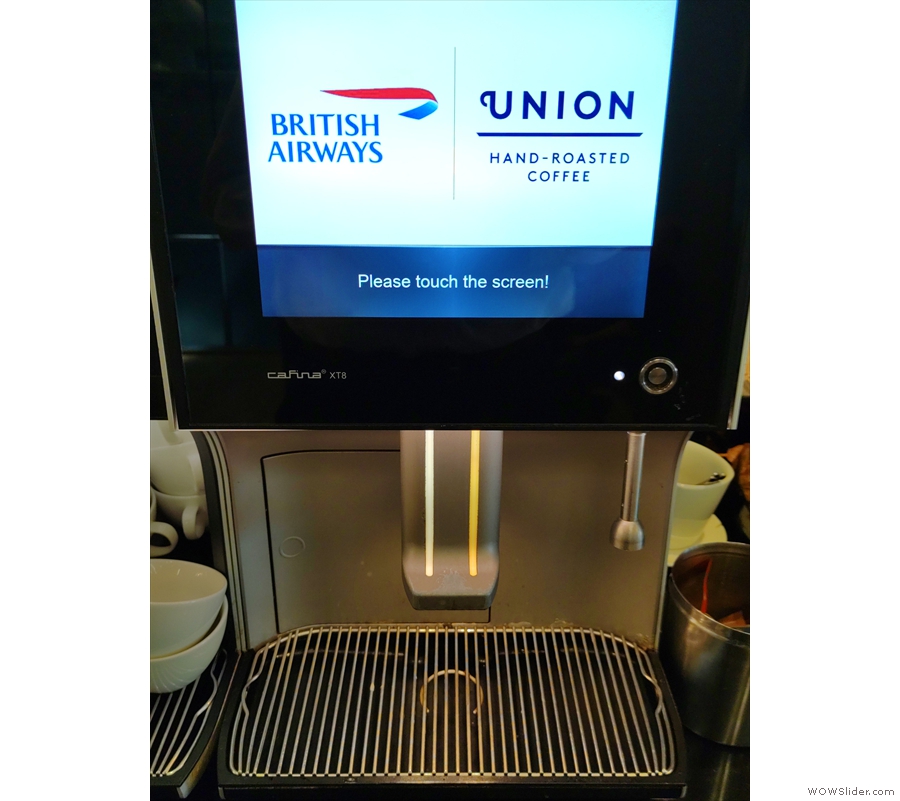


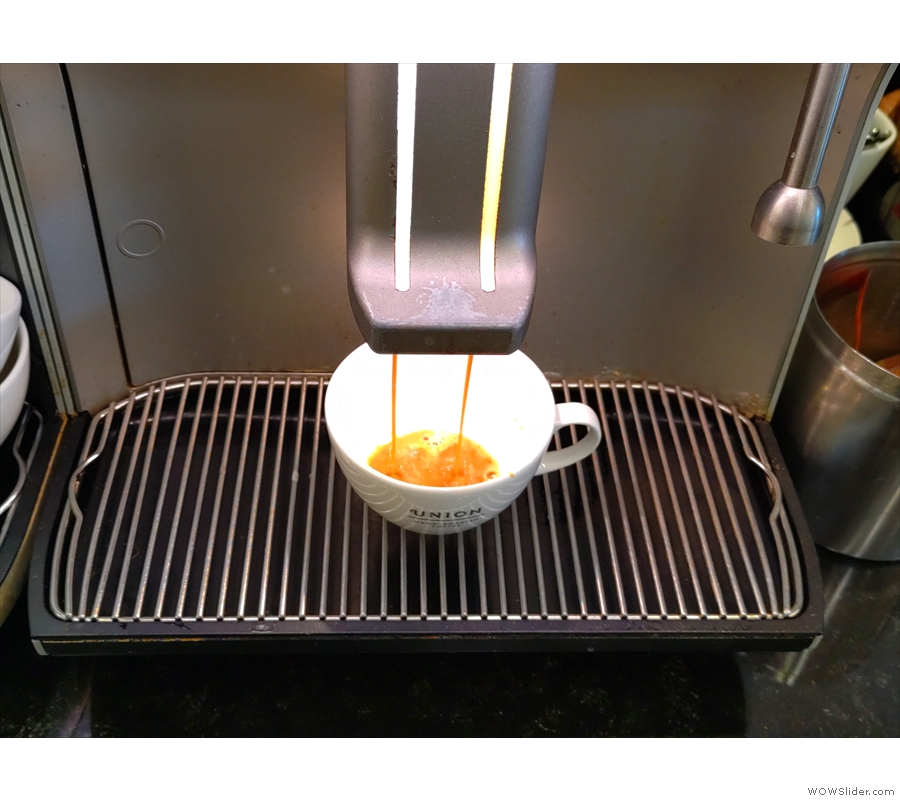




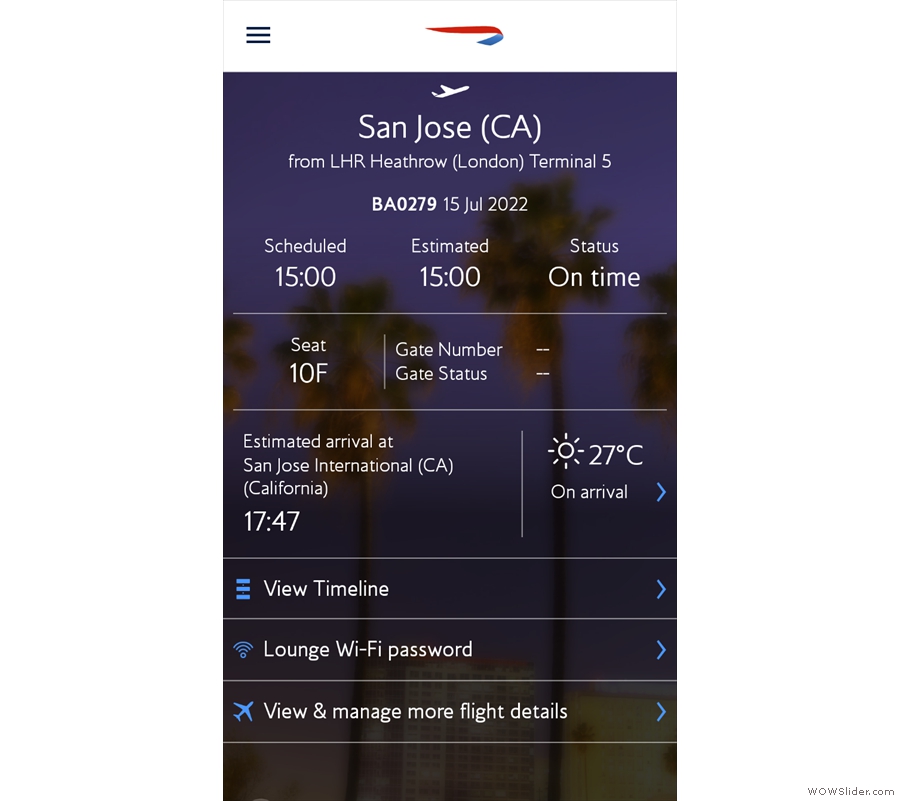

 1
1 2
2 3
3 4
4 5
5 6
6 7
7 8
8 9
9 10
10 11
11 12
12 13
13 14
14 15
15 16
16 17
17 18
18 19
19 20
20 21
21 22
22 23
23 24
24 25
25 26
26 27
27 28
28 29
29 30
30



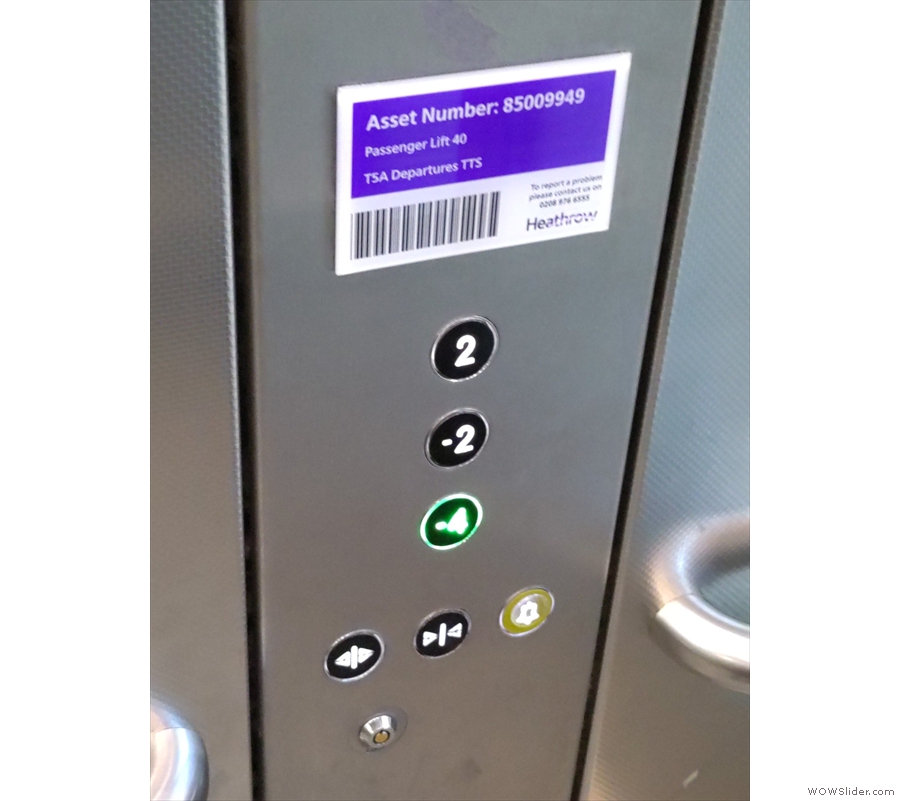







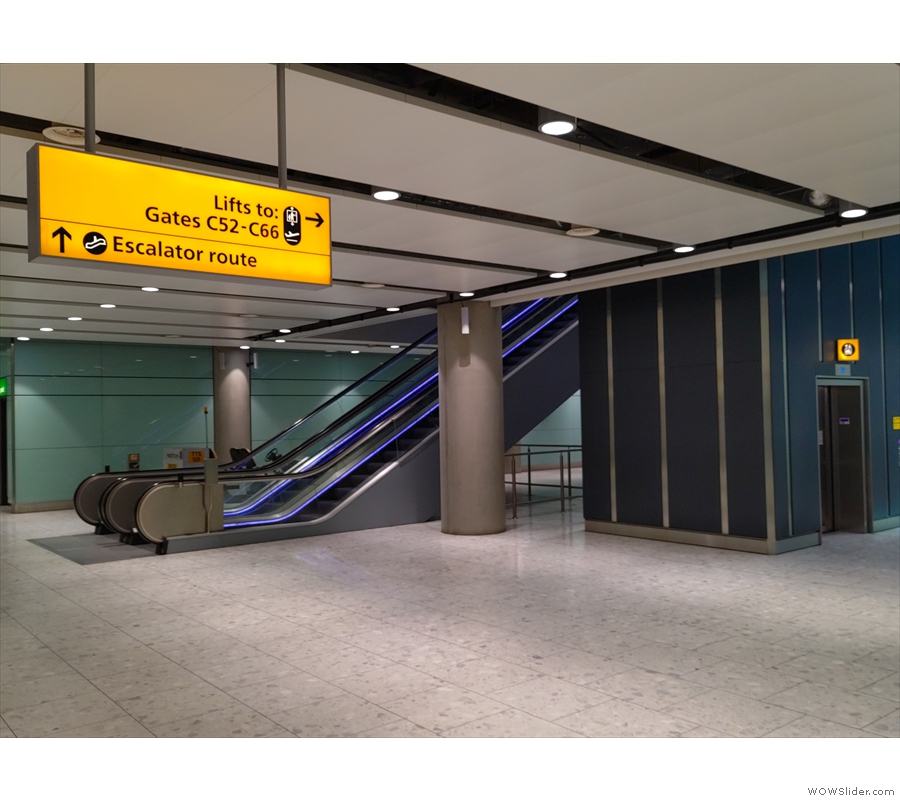












 1
1 2
2 3
3 4
4 5
5 6
6 7
7 8
8 9
9 10
10 11
11 12
12 13
13 14
14 15
15 16
16 17
17 18
18 19
19 20
20 21
21 22
22 23
23 24
24 25
25



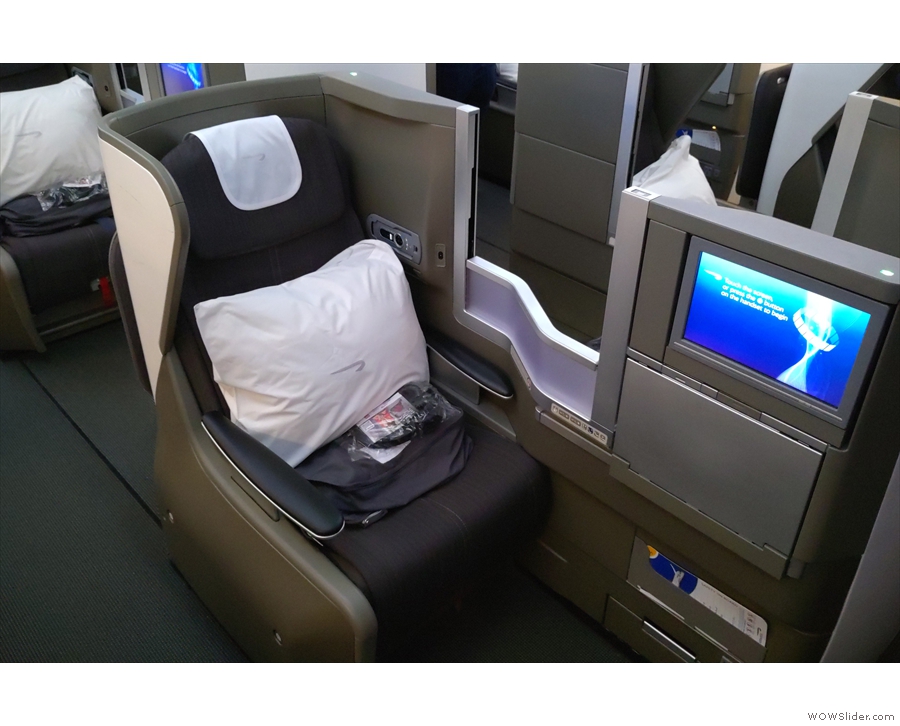


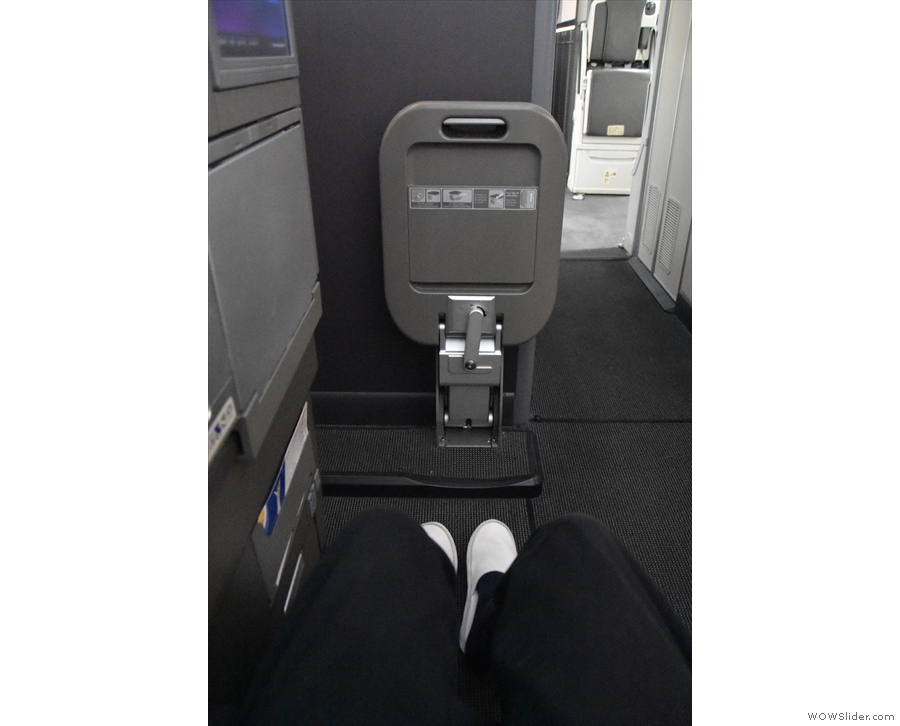




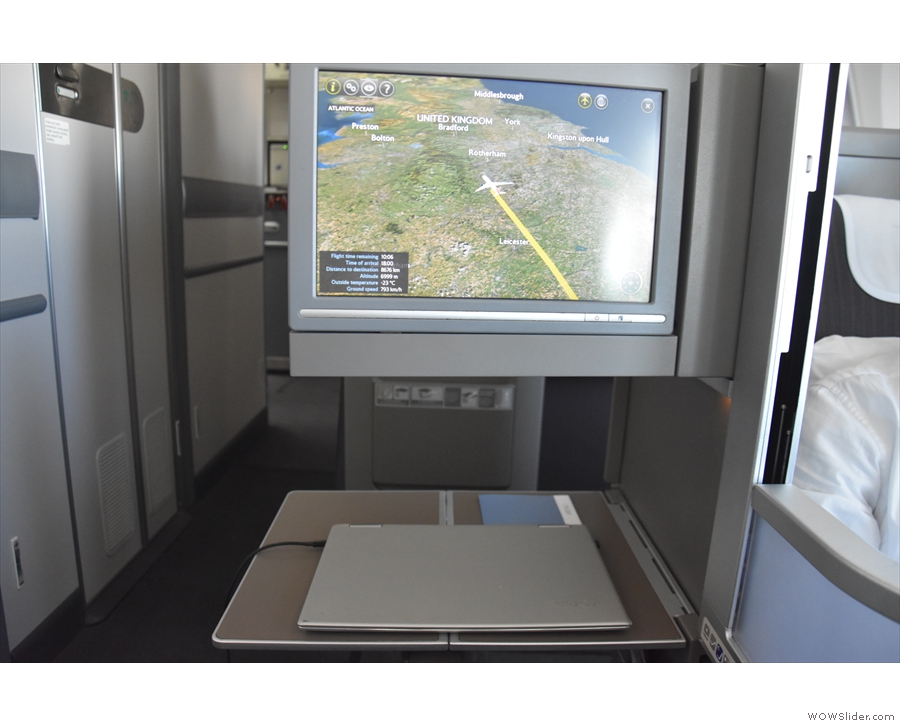




 1
1 2
2 3
3 4
4 5
5 6
6 7
7 8
8 9
9 10
10 11
11 12
12 13
13 14
14 15
15 16
16 17
17













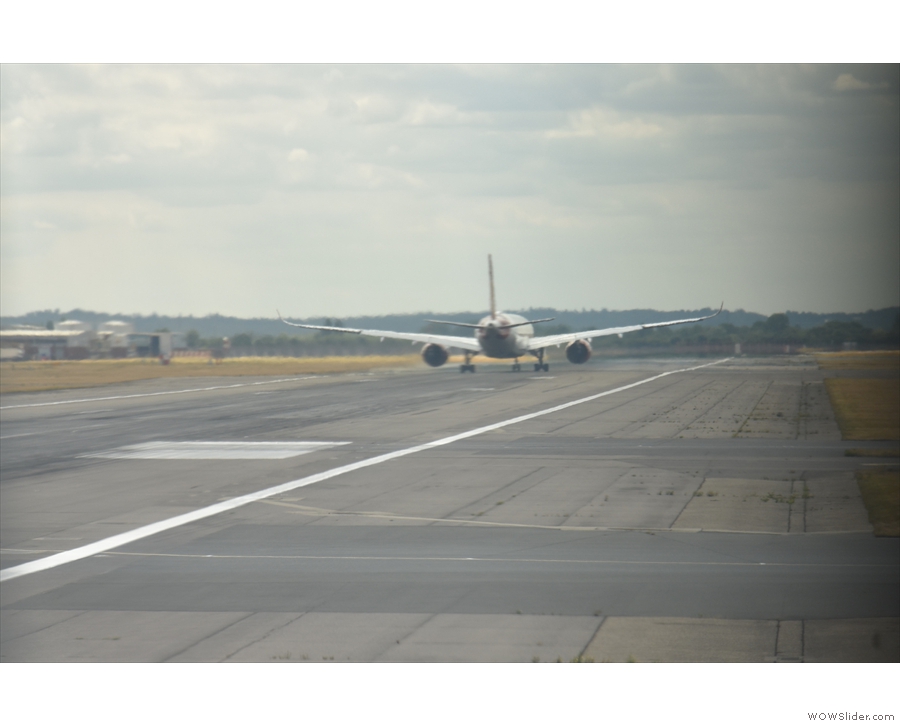









 1
1 2
2 3
3 4
4 5
5 6
6 7
7 8
8 9
9 10
10 11
11 12
12 13
13 14
14 15
15 16
16 17
17 18
18 19
19 20
20 21
21 22
22 23
23 24
24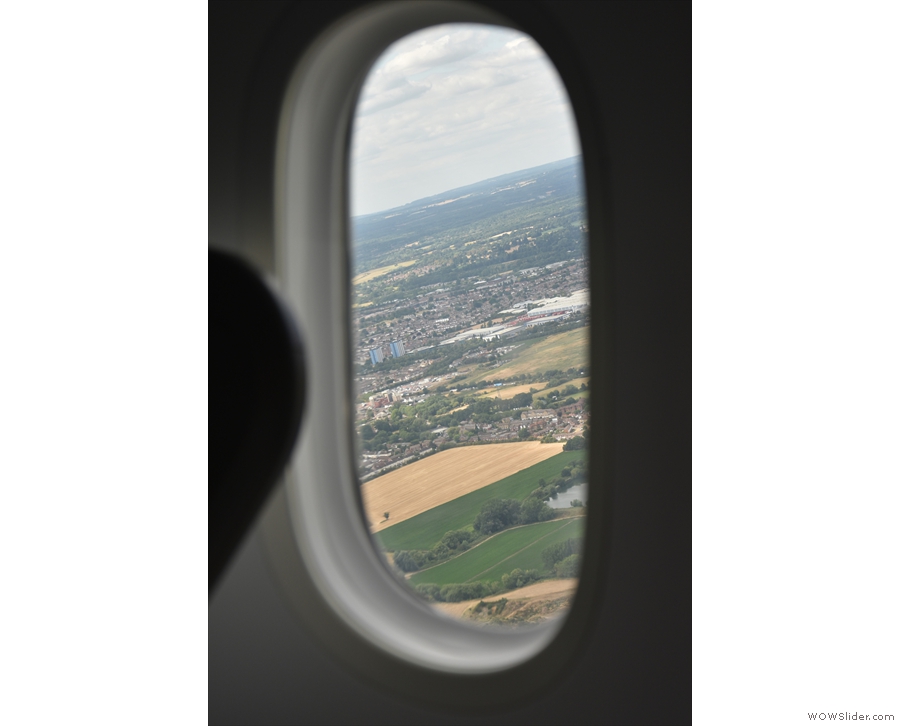
















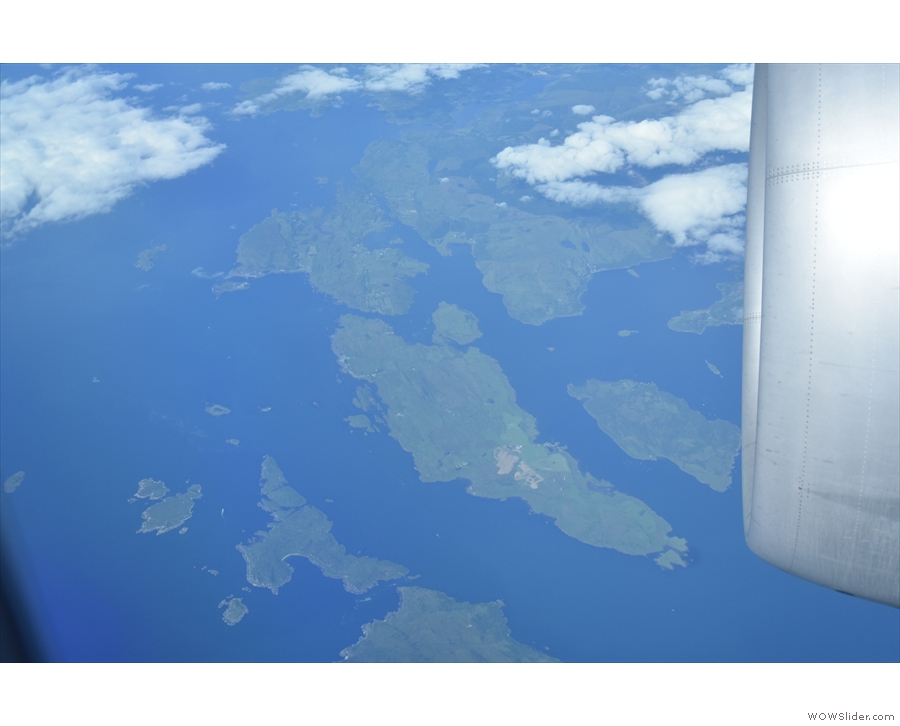












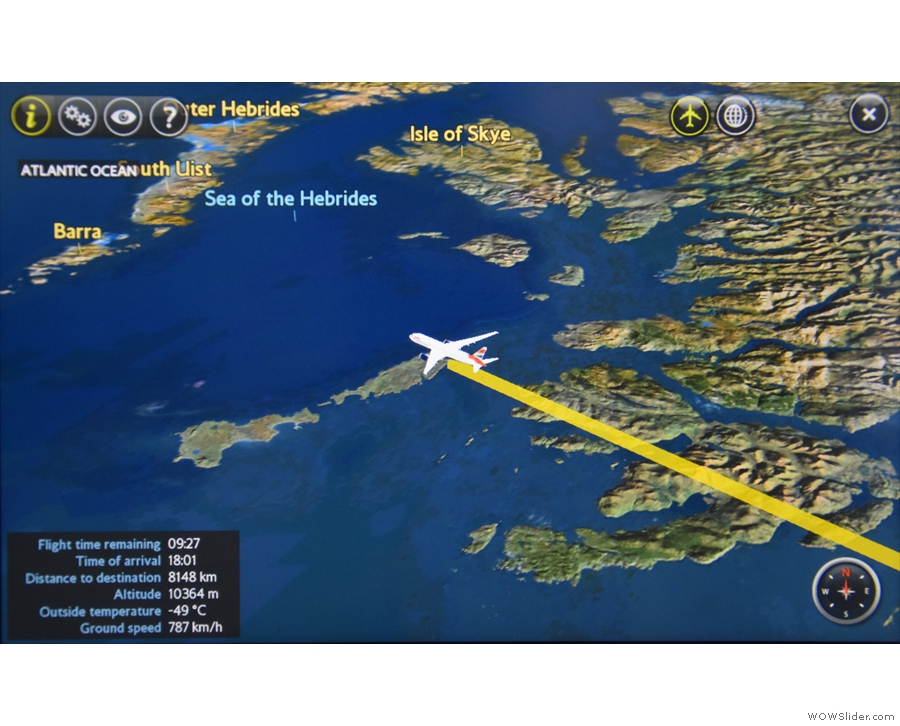



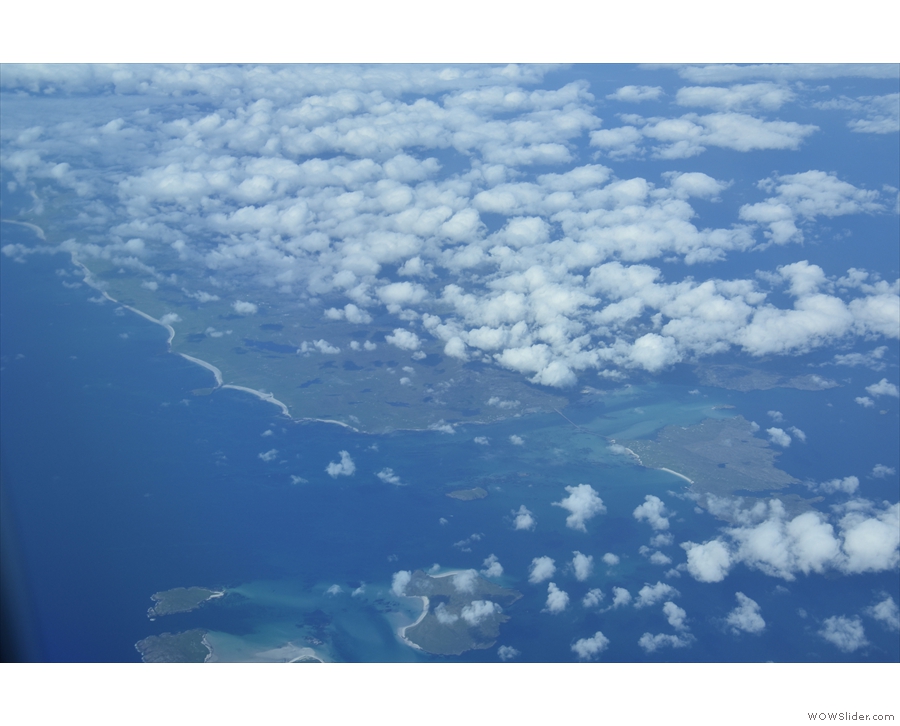

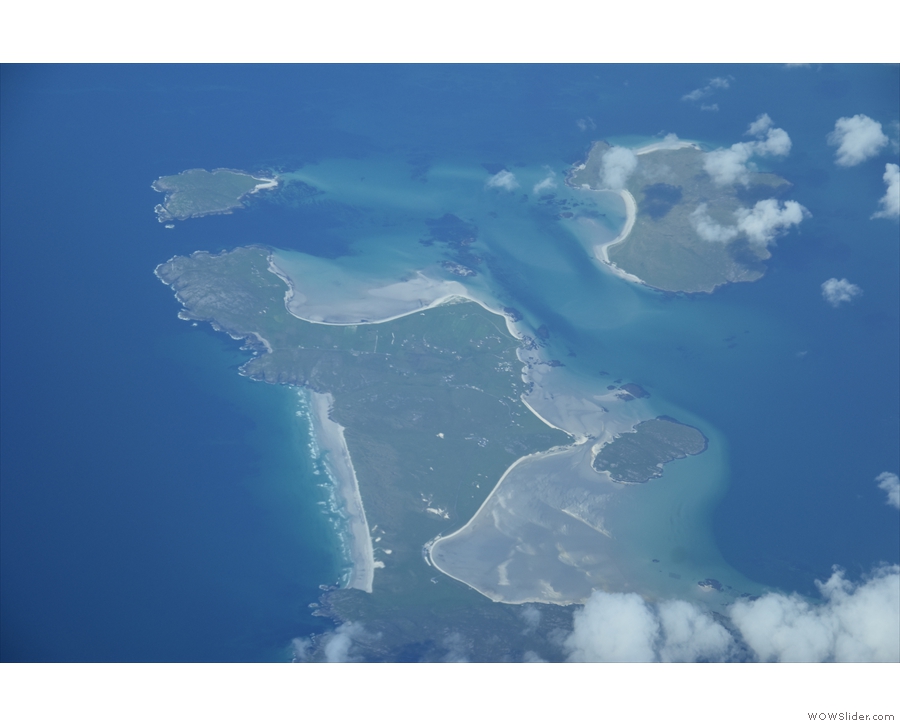





 1
1 2
2 3
3 4
4 5
5 6
6 7
7 8
8 9
9 10
10 11
11 12
12 13
13 14
14 15
15 16
16 17
17 18
18 19
19 20
20 21
21 22
22 23
23 24
24 25
25 26
26 27
27 28
28 29
29 30
30 31
31 32
32 33
33 34
34 35
35 36
36 37
37 38
38 39
39 40
40 41
41 42
42



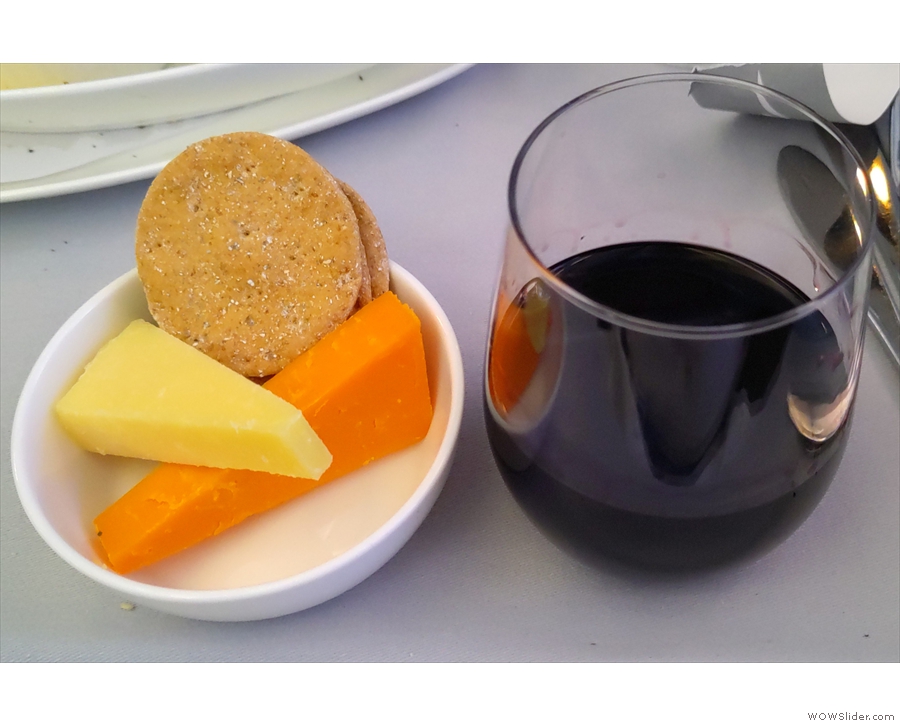
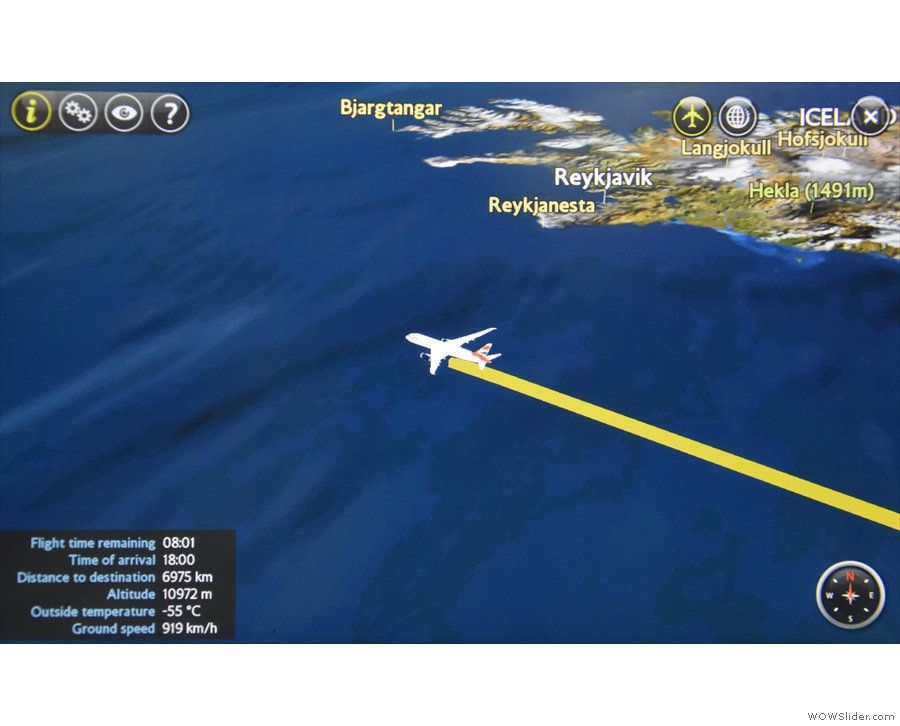


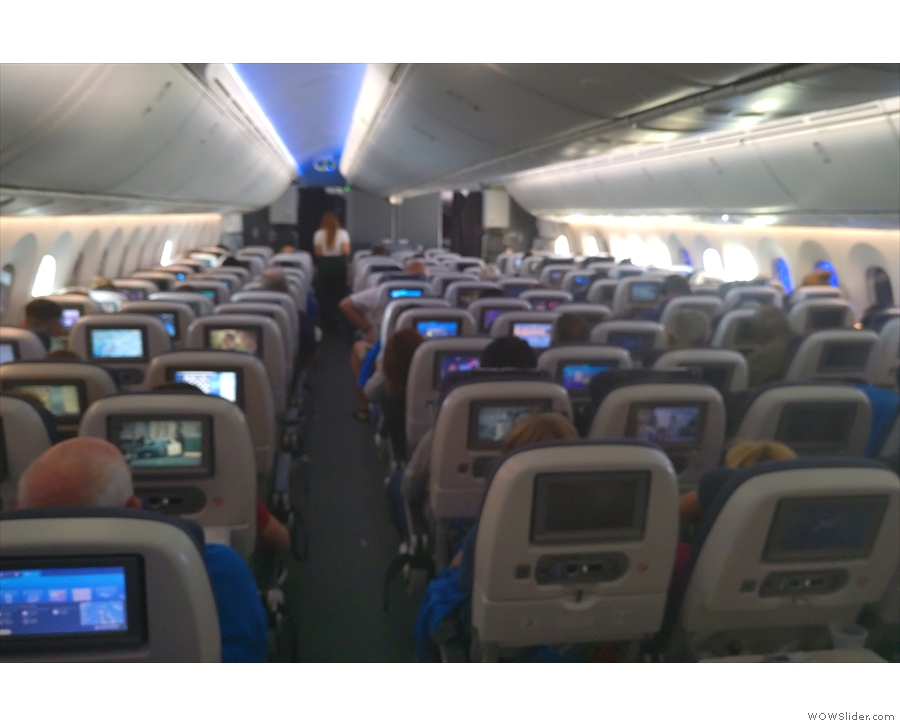
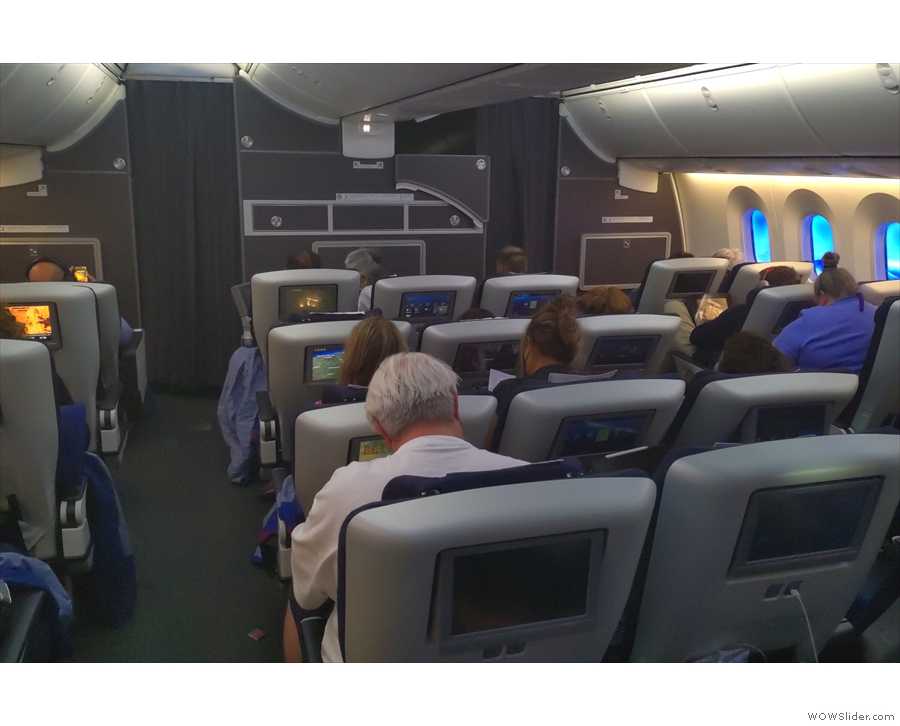



 1
1 2
2 3
3 4
4 5
5 6
6 7
7 8
8 9
9 10
10 11
11 12
12 13
13










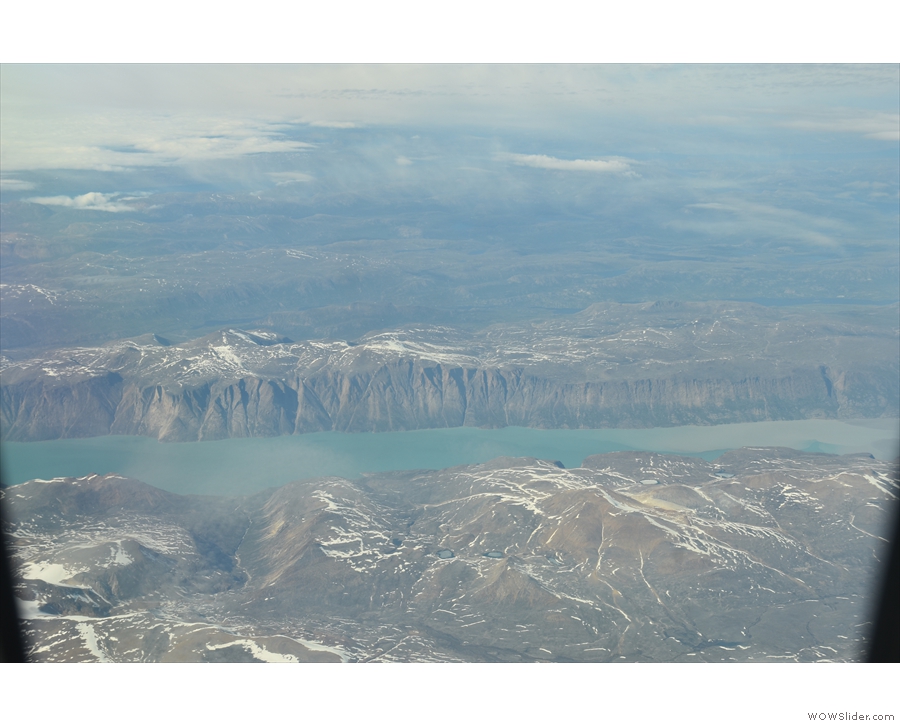

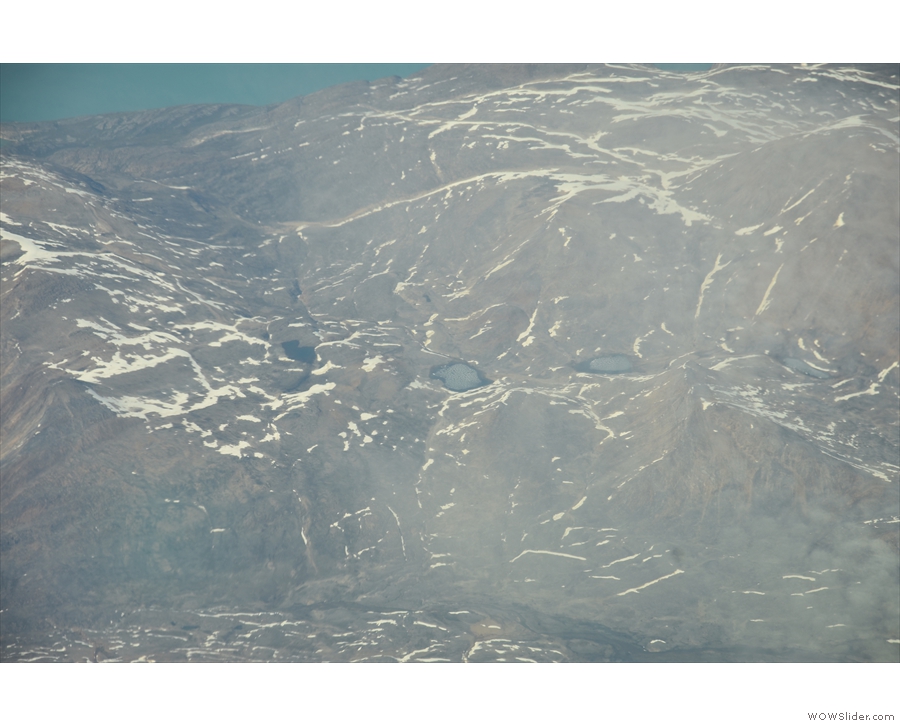



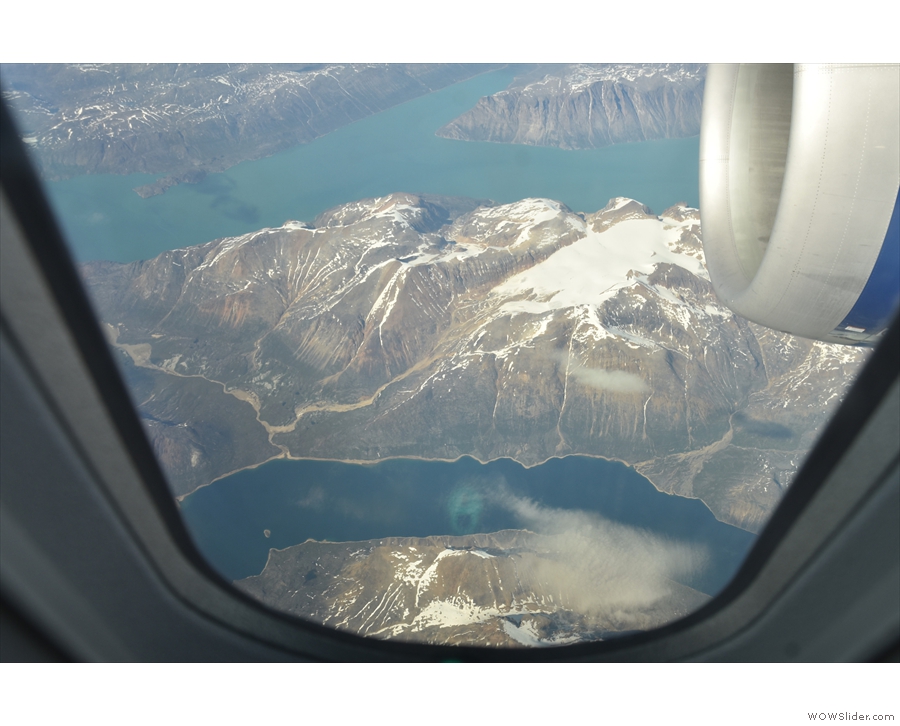






 1
1 2
2 3
3 4
4 5
5 6
6 7
7 8
8 9
9 10
10 11
11 12
12 13
13 14
14 15
15 16
16 17
17 18
18 19
19 20
20 21
21 22
22 23
23 24
24



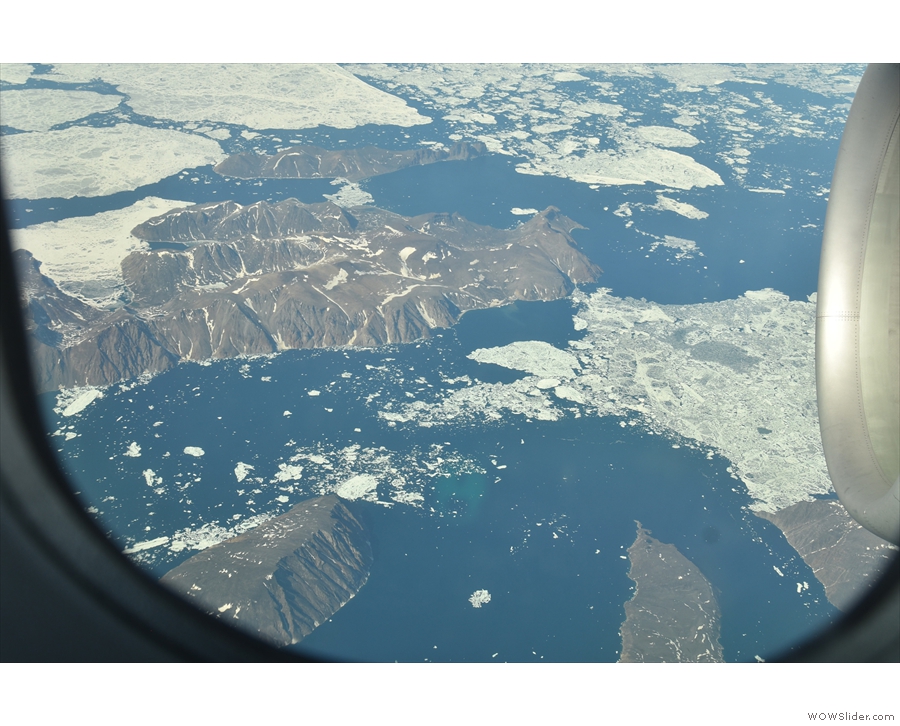











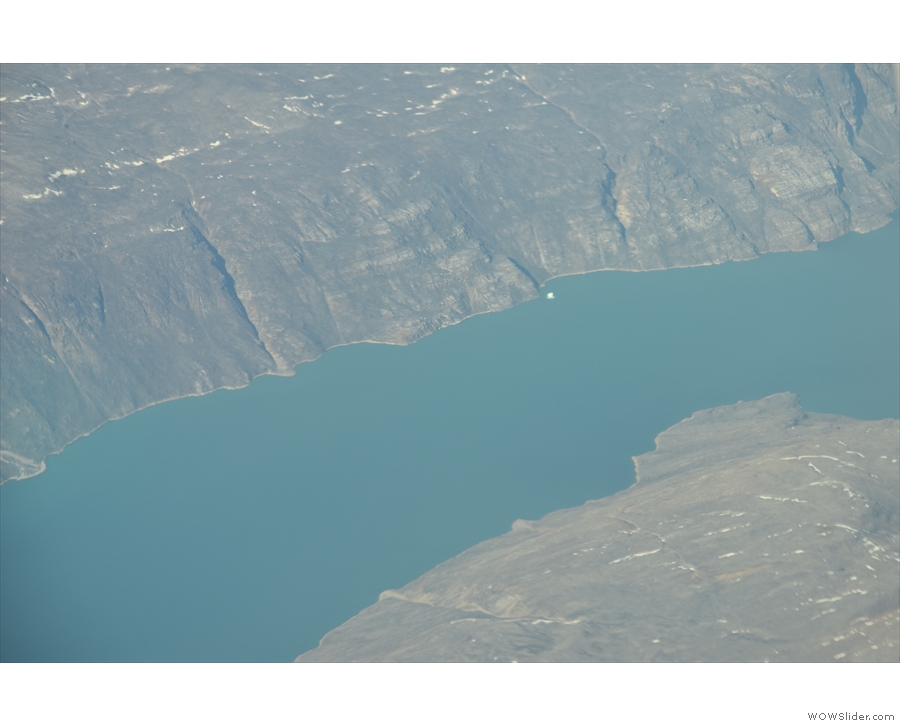





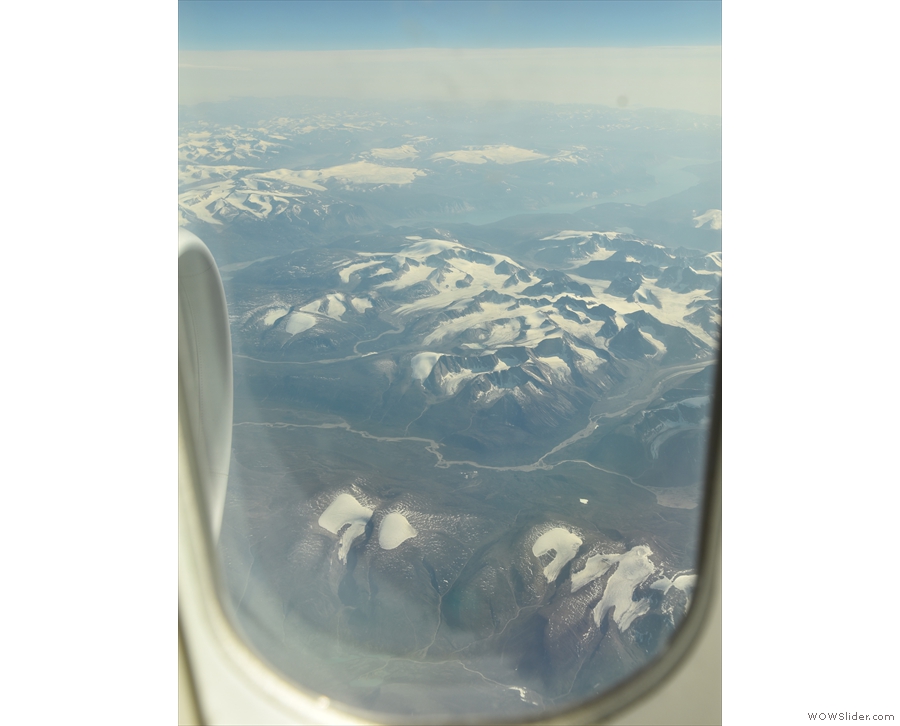

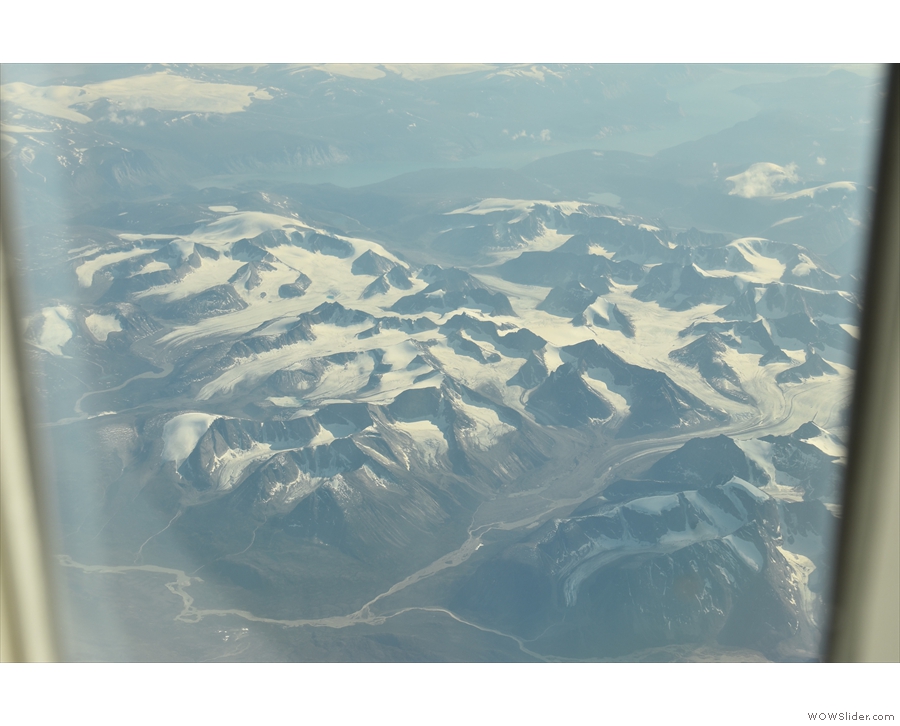





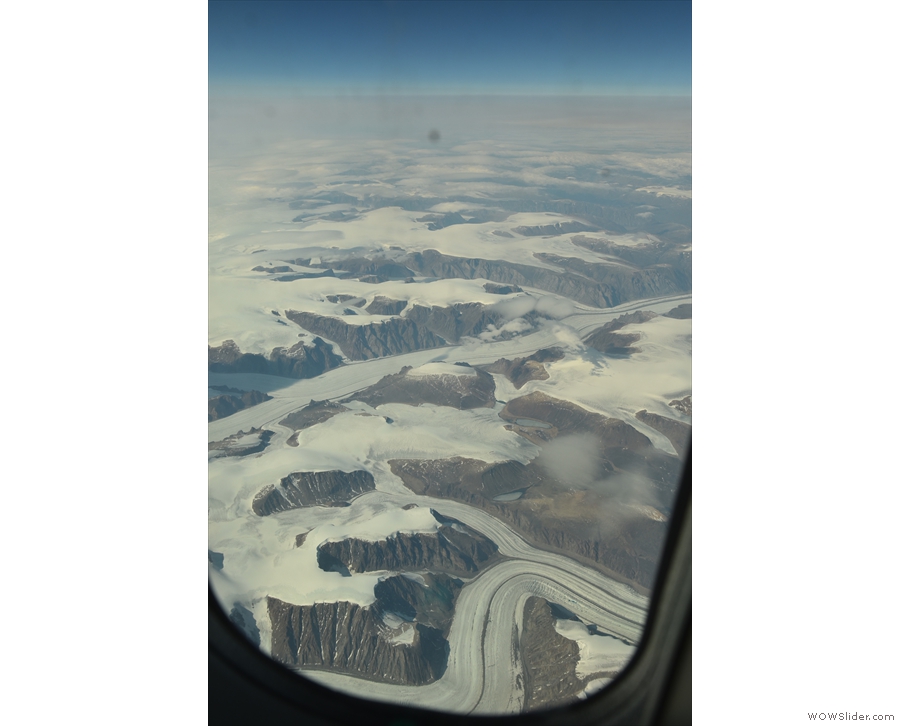





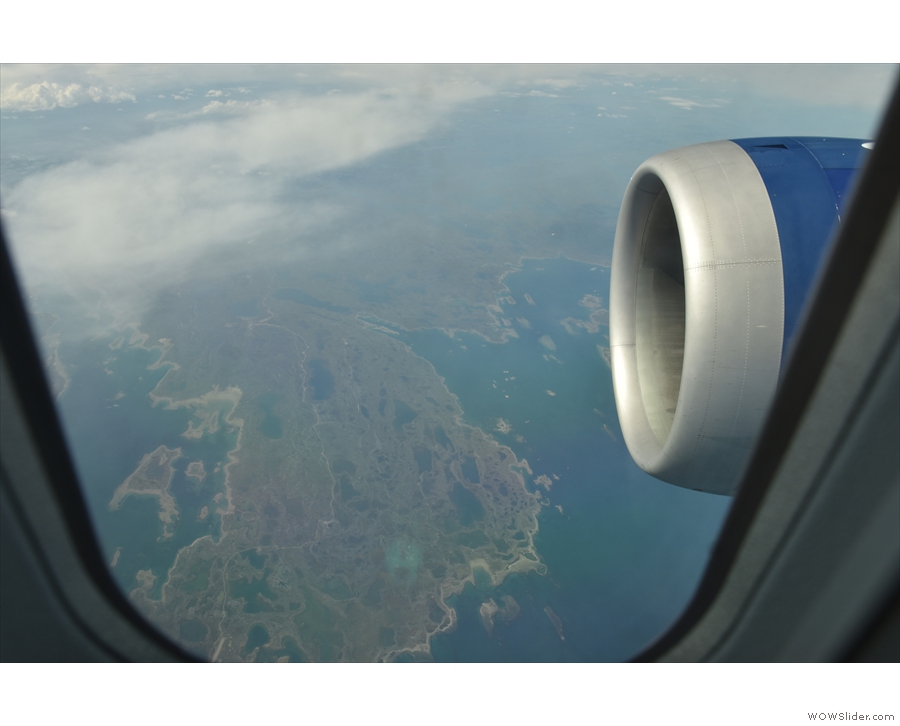




 1
1 2
2 3
3 4
4 5
5 6
6 7
7 8
8 9
9 10
10 11
11 12
12 13
13 14
14 15
15 16
16 17
17 18
18 19
19 20
20 21
21 22
22 23
23 24
24 25
25 26
26 27
27 28
28 29
29 30
30 31
31 32
32 33
33 34
34 35
35 36
36 37
37 38
38 39
39 40
40 41
41

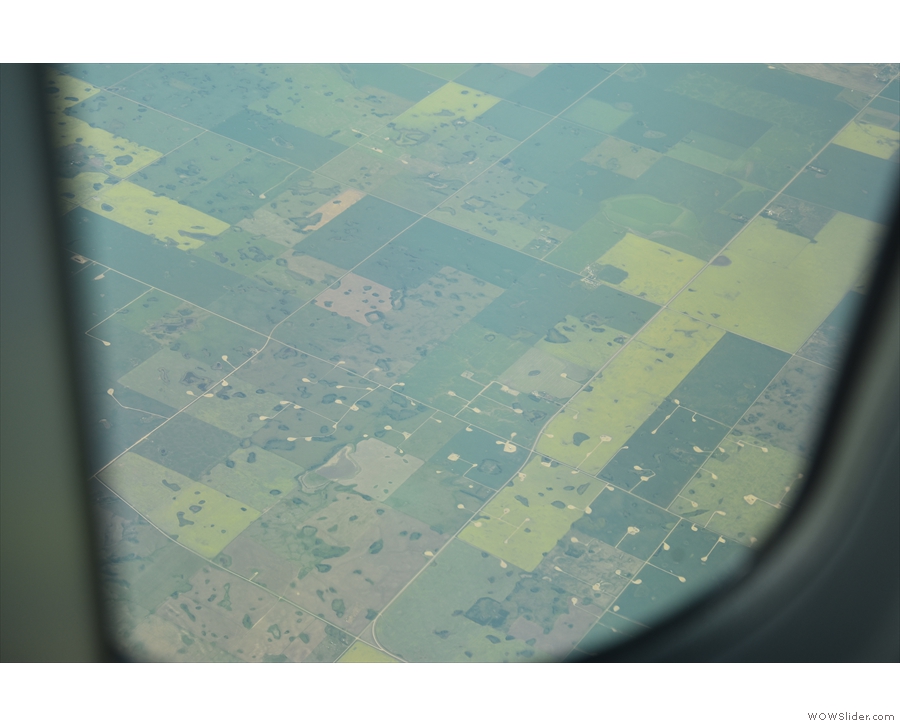

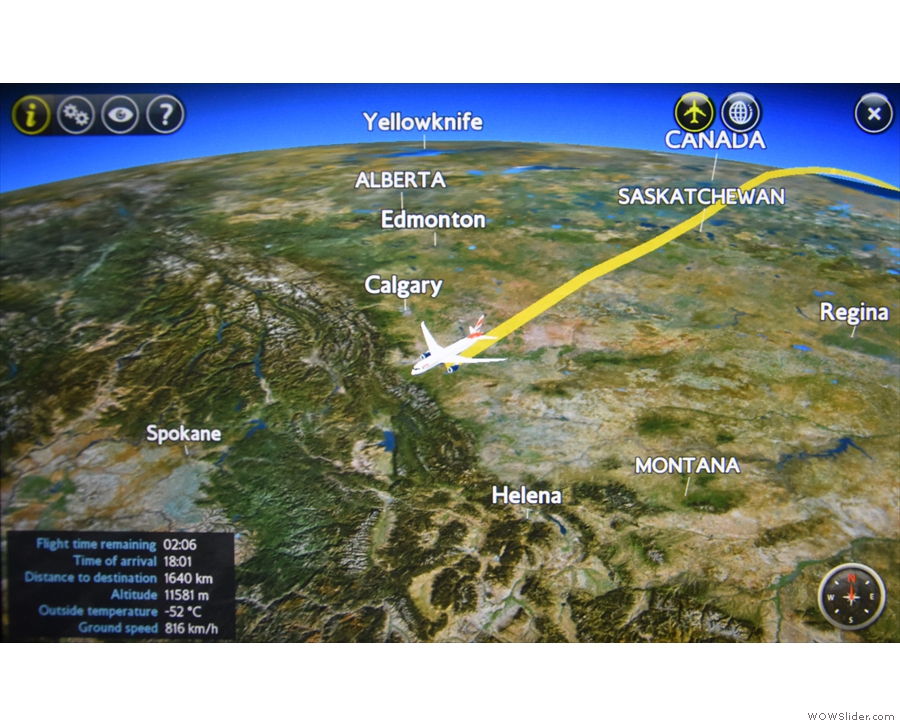



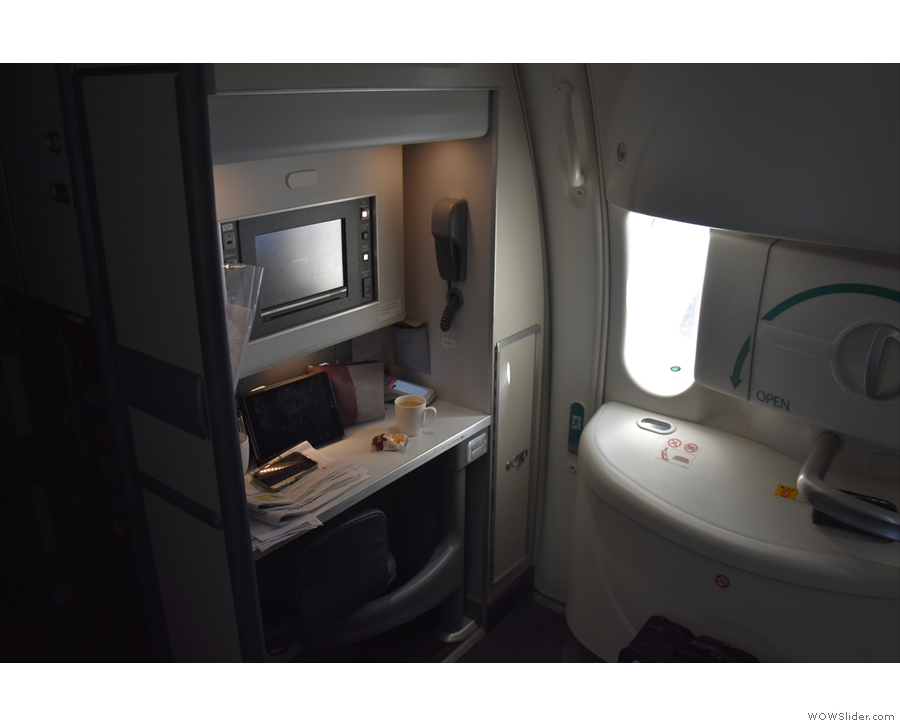















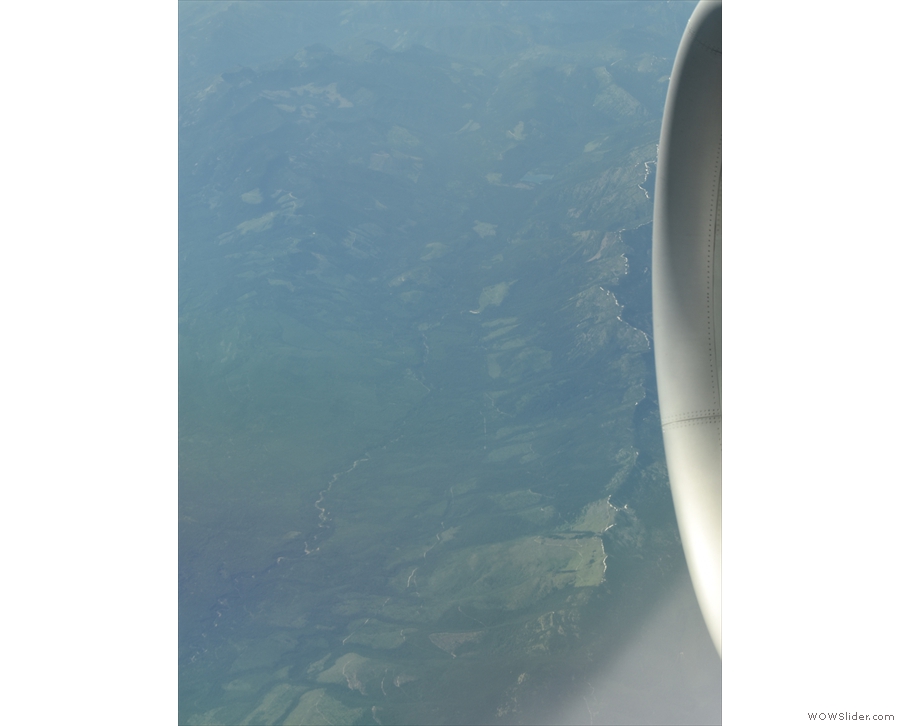
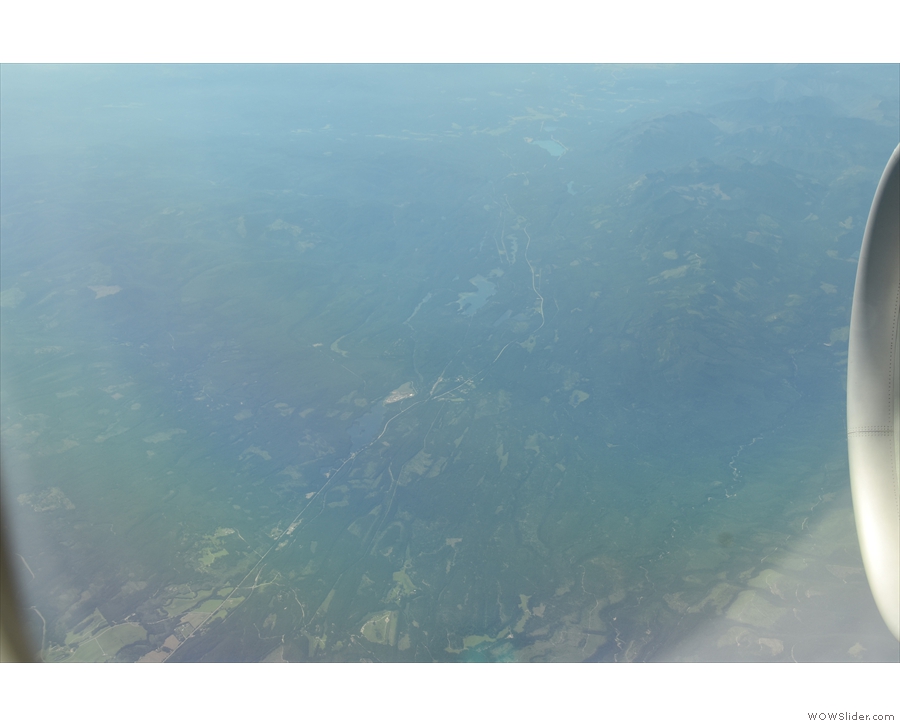










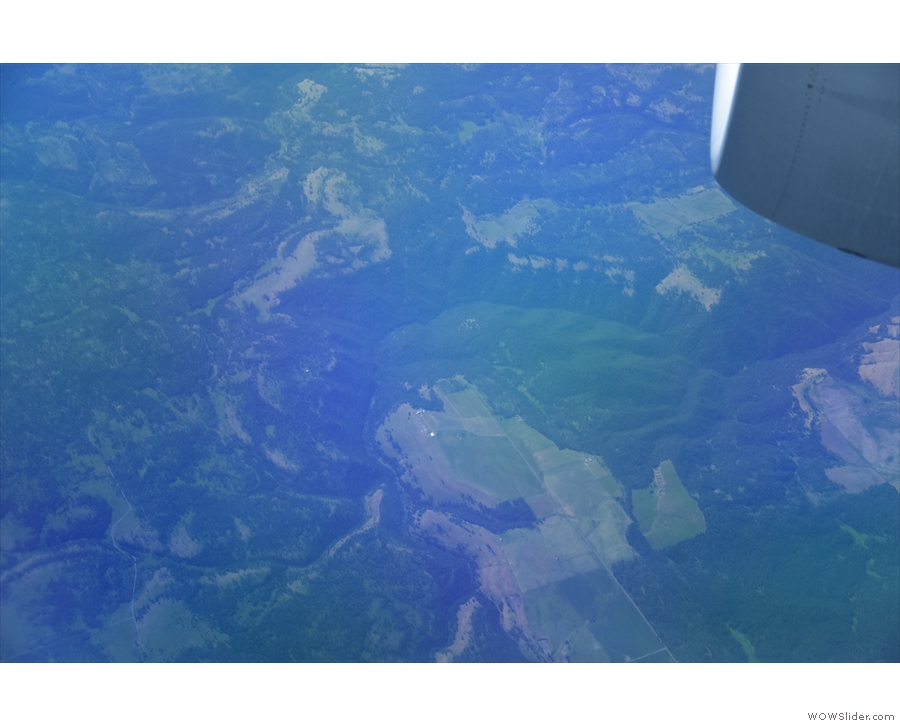




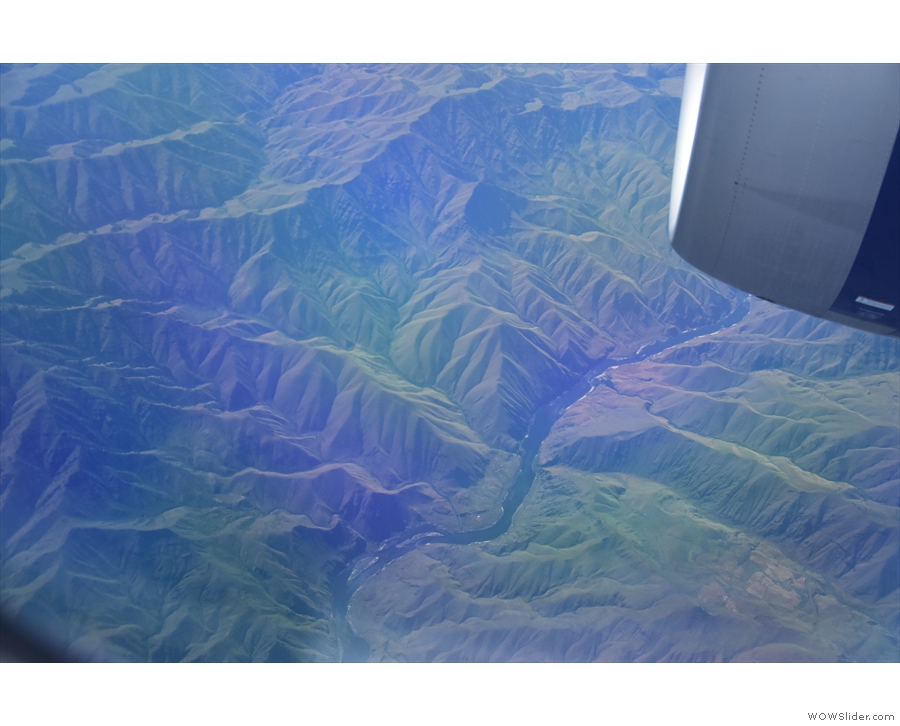


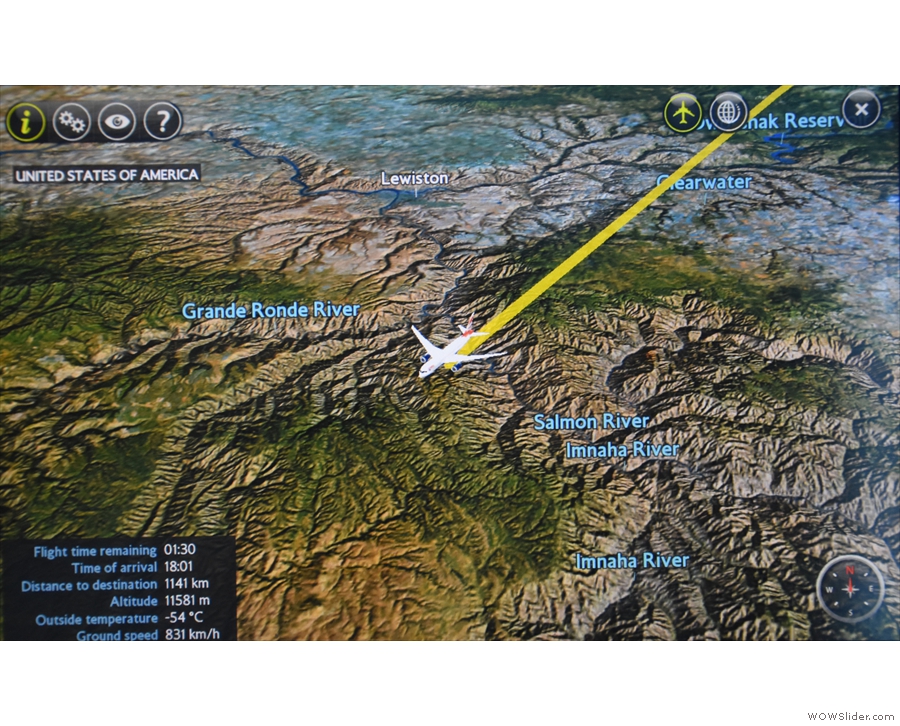

 1
1 2
2 3
3 4
4 5
5 6
6 7
7 8
8 9
9 10
10 11
11 12
12 13
13 14
14 15
15 16
16 17
17 18
18 19
19 20
20 21
21 22
22 23
23 24
24 25
25 26
26 27
27 28
28 29
29 30
30 31
31 32
32 33
33 34
34 35
35 36
36 37
37 38
38 39
39 40
40 41
41 42
42 43
43 44
44 45
45 46
46
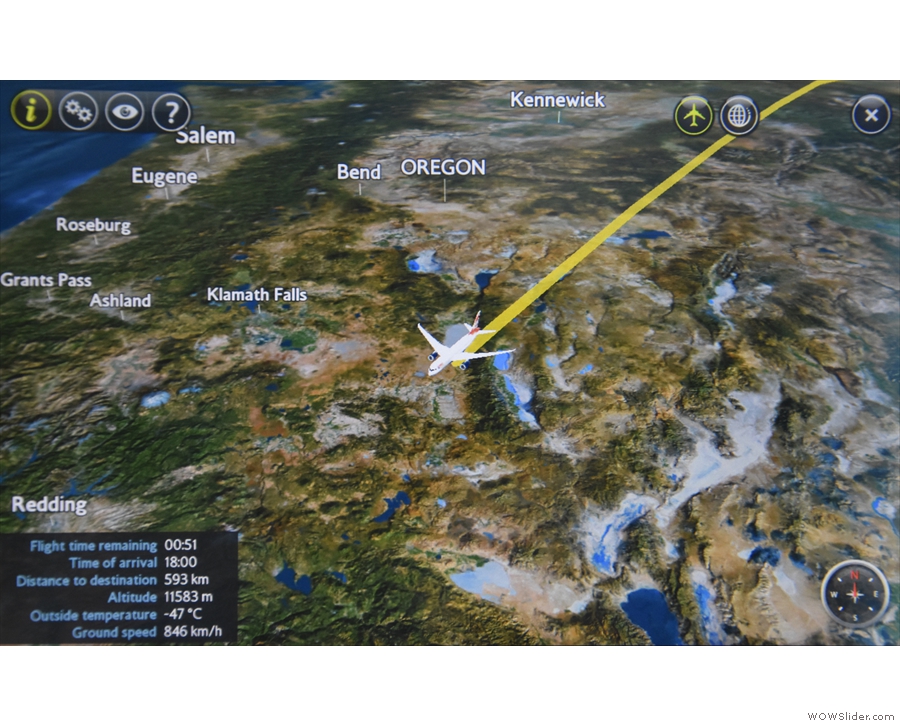




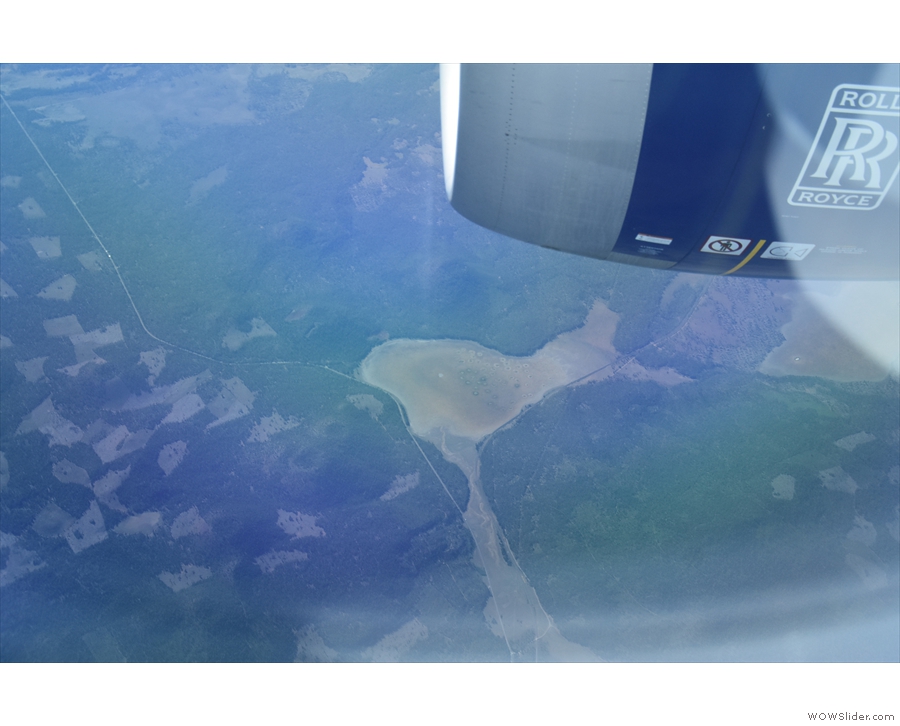






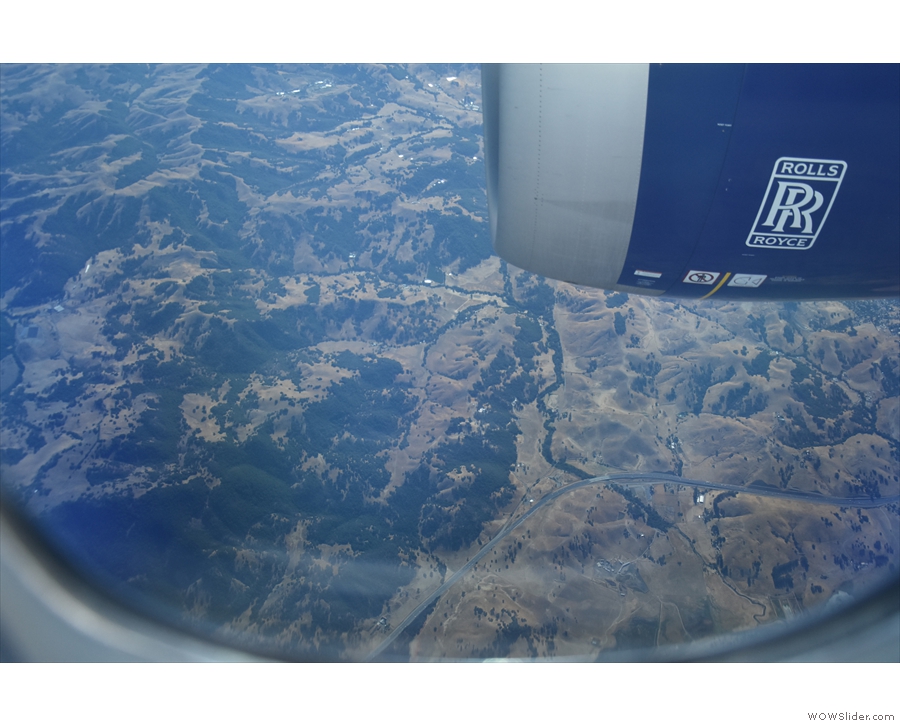
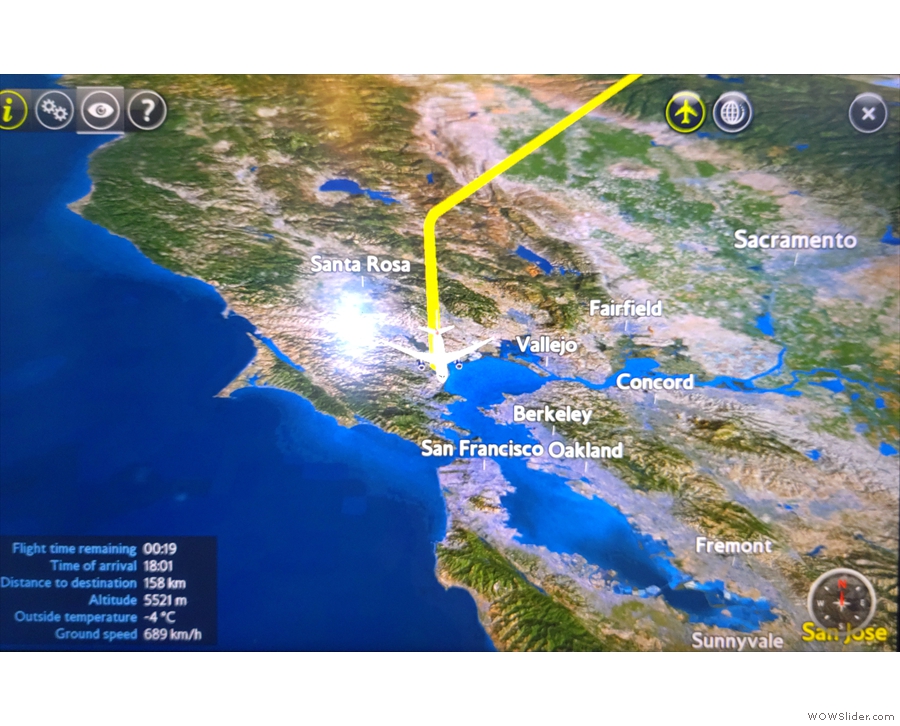

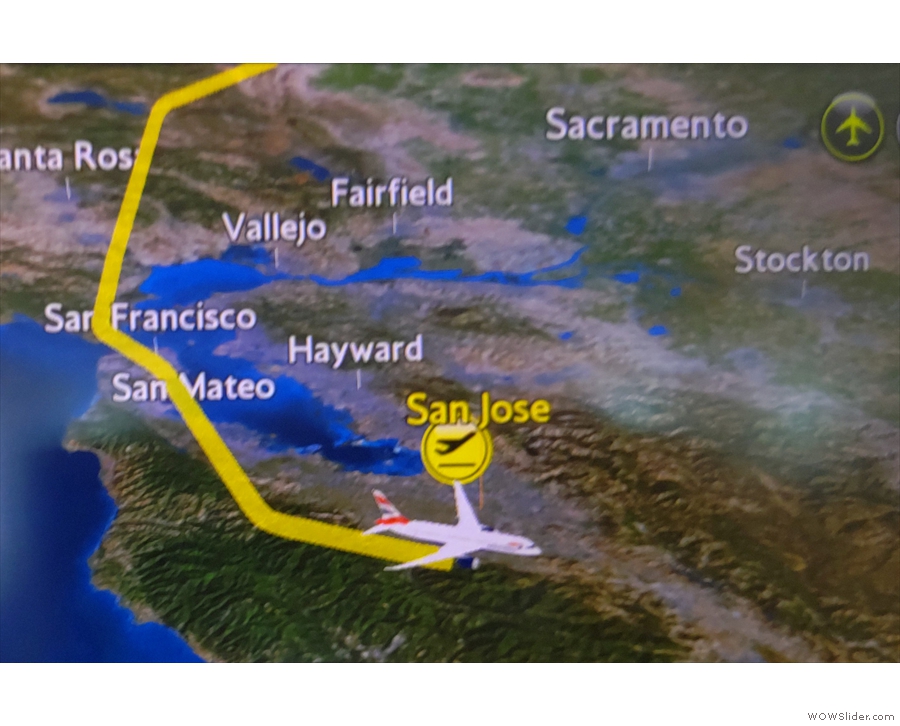


 1
1 2
2 3
3 4
4 5
5 6
6 7
7 8
8 9
9 10
10 11
11 12
12 13
13 14
14 15
15 16
16 17
17 18
18 19
19






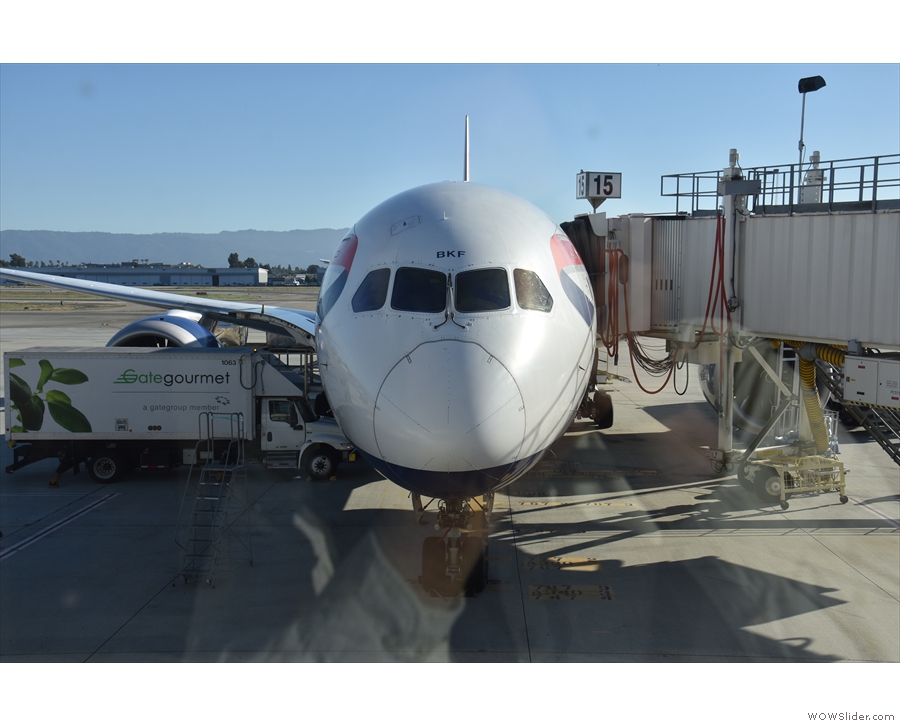




 1
1 2
2 3
3 4
4 5
5 6
6 7
7 8
8 9
9 10
10 11
11 12
12
I like the style of writing. Always interested to read what airlines various products look like
Thanks. I’m glad you like it. I’ve now added some more detail about the cabin.
Thanks,
Brian.